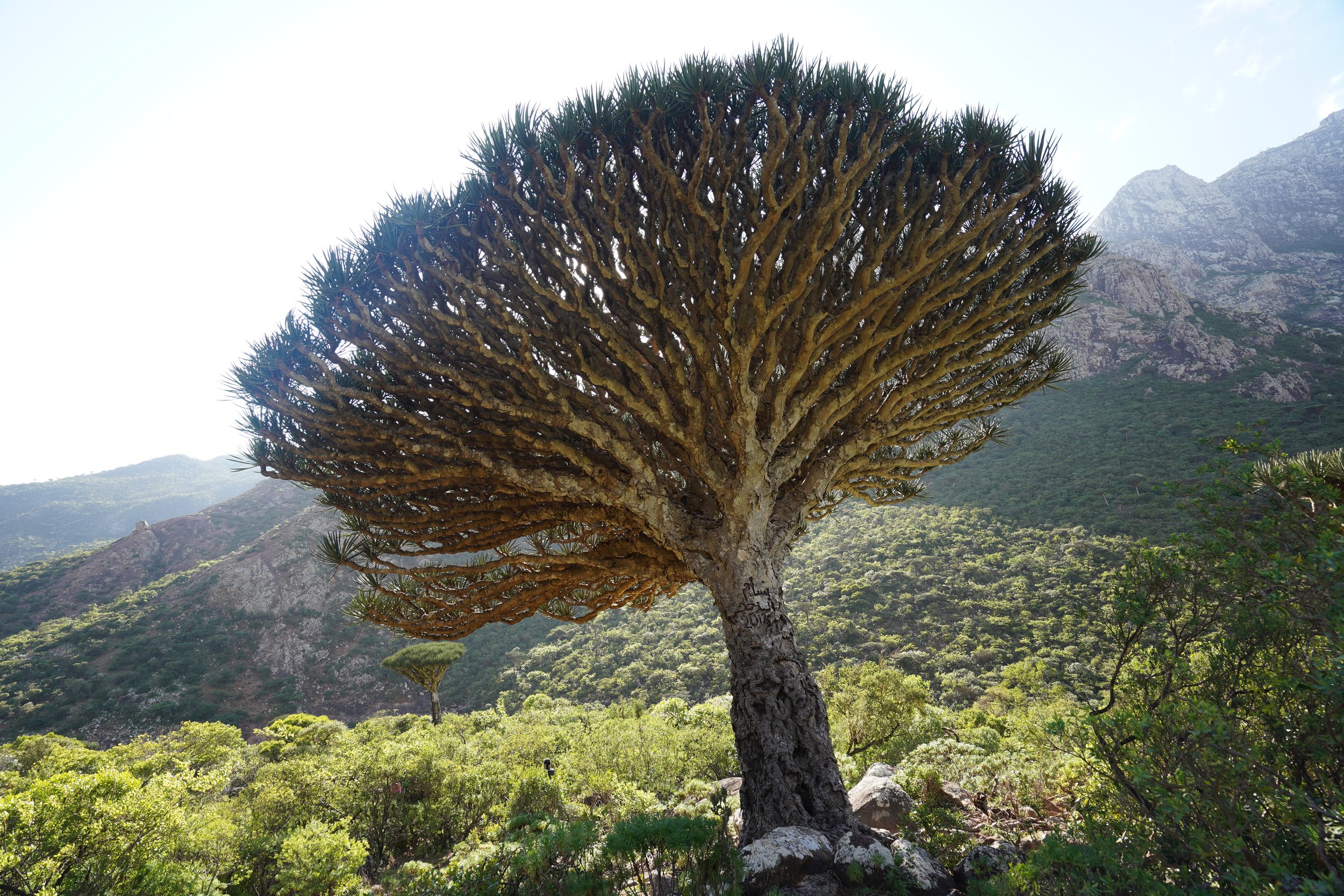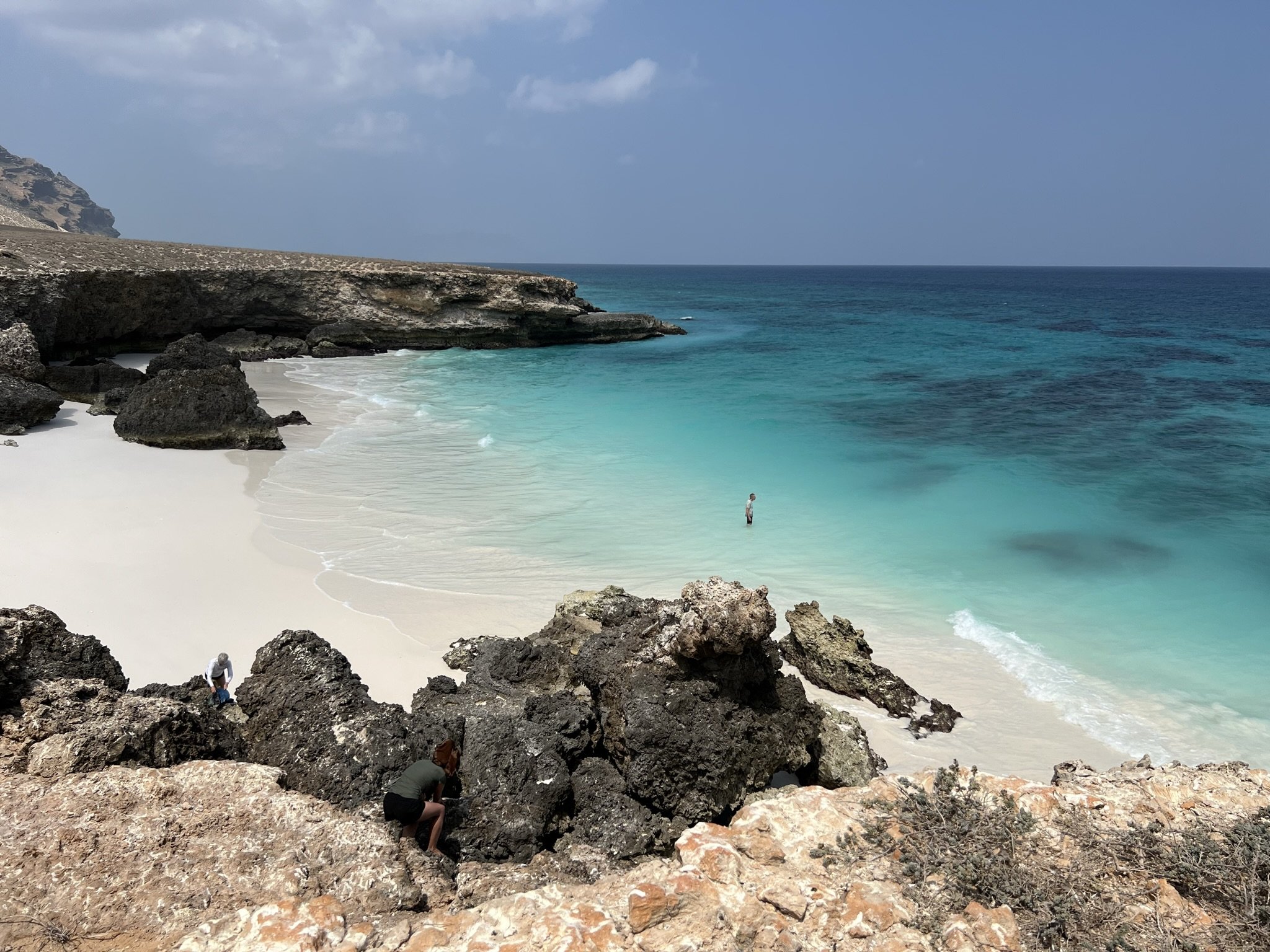MAINLAND YEMEN + SOCOTRA: Overlanding Remote Regions (14 days)
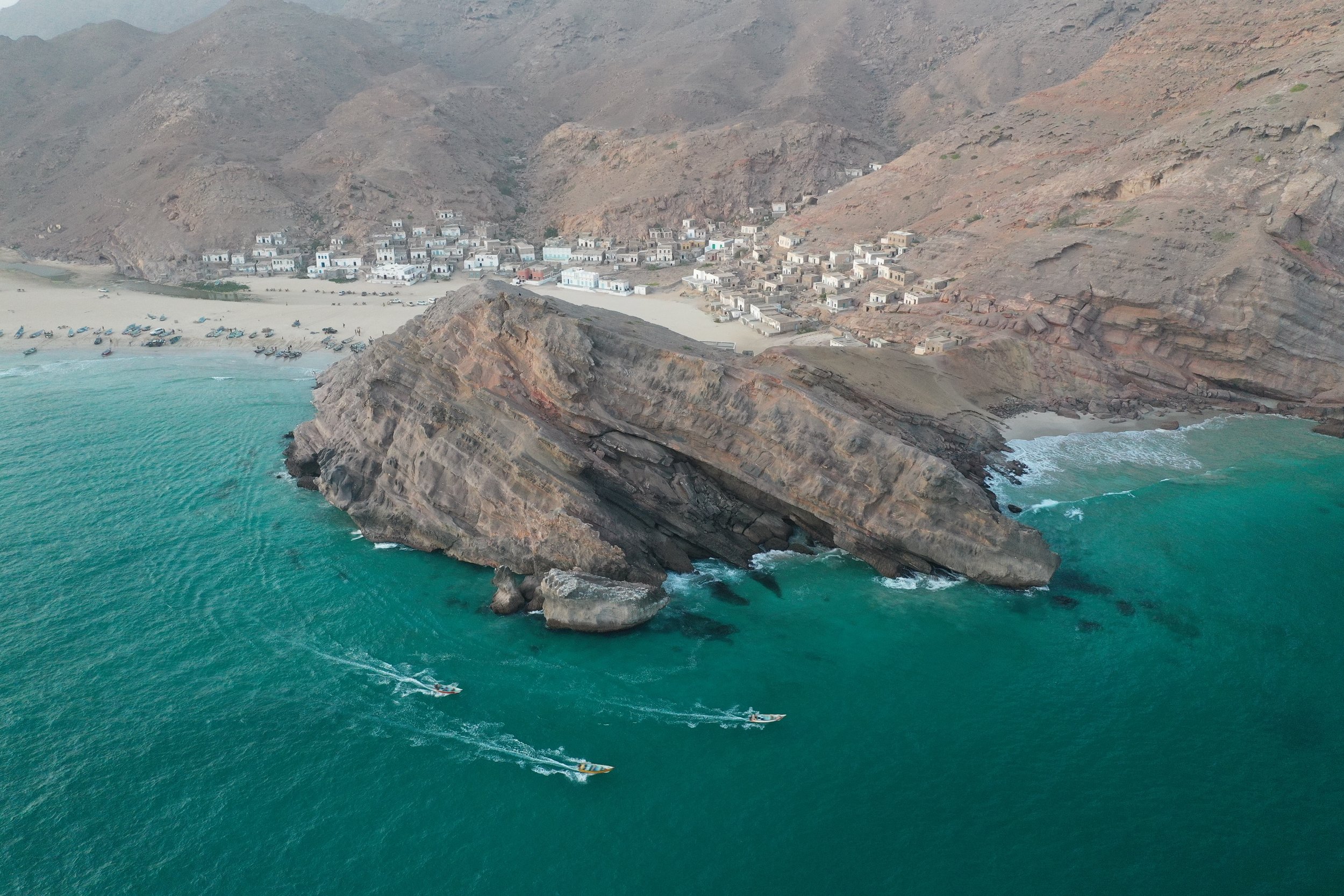
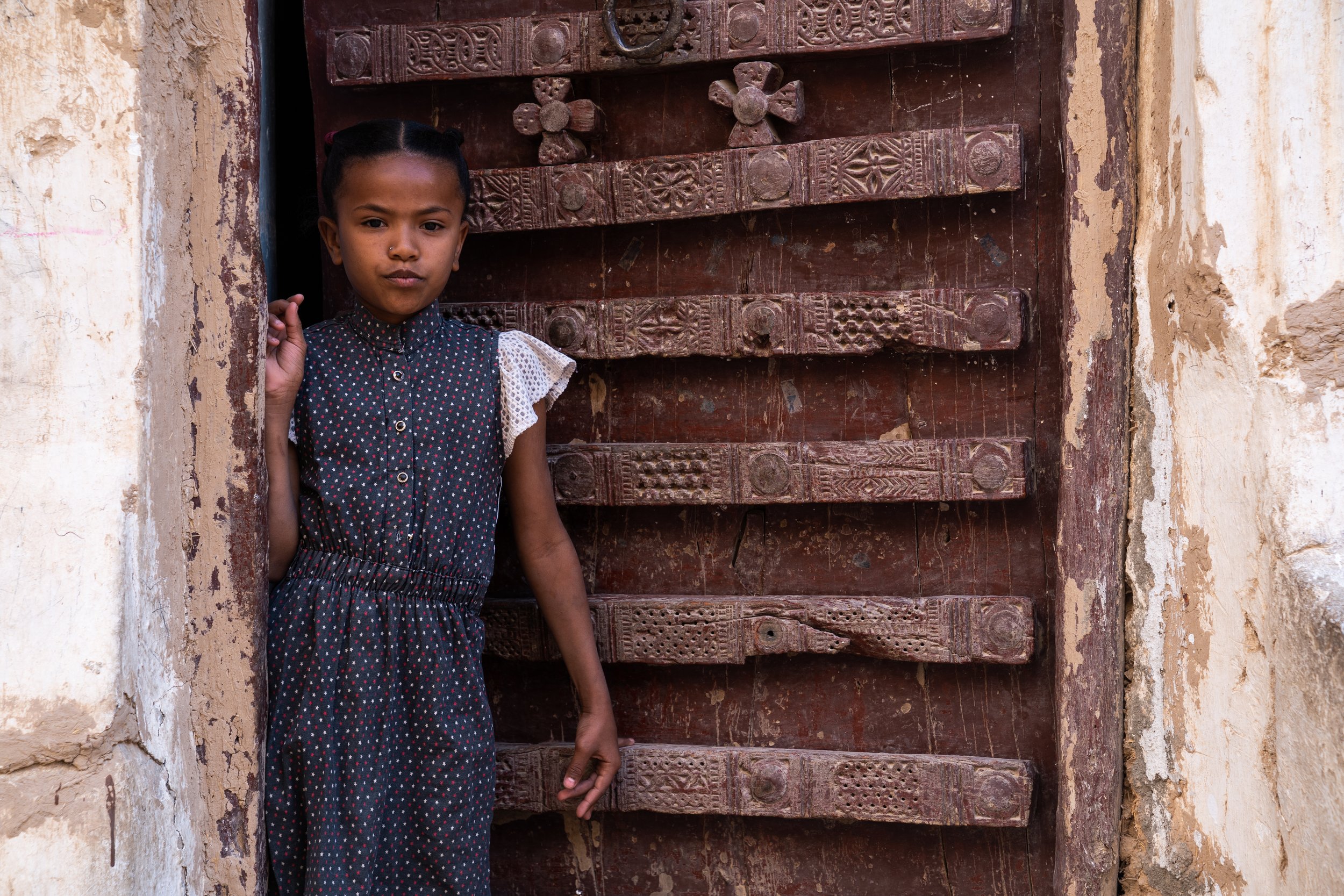
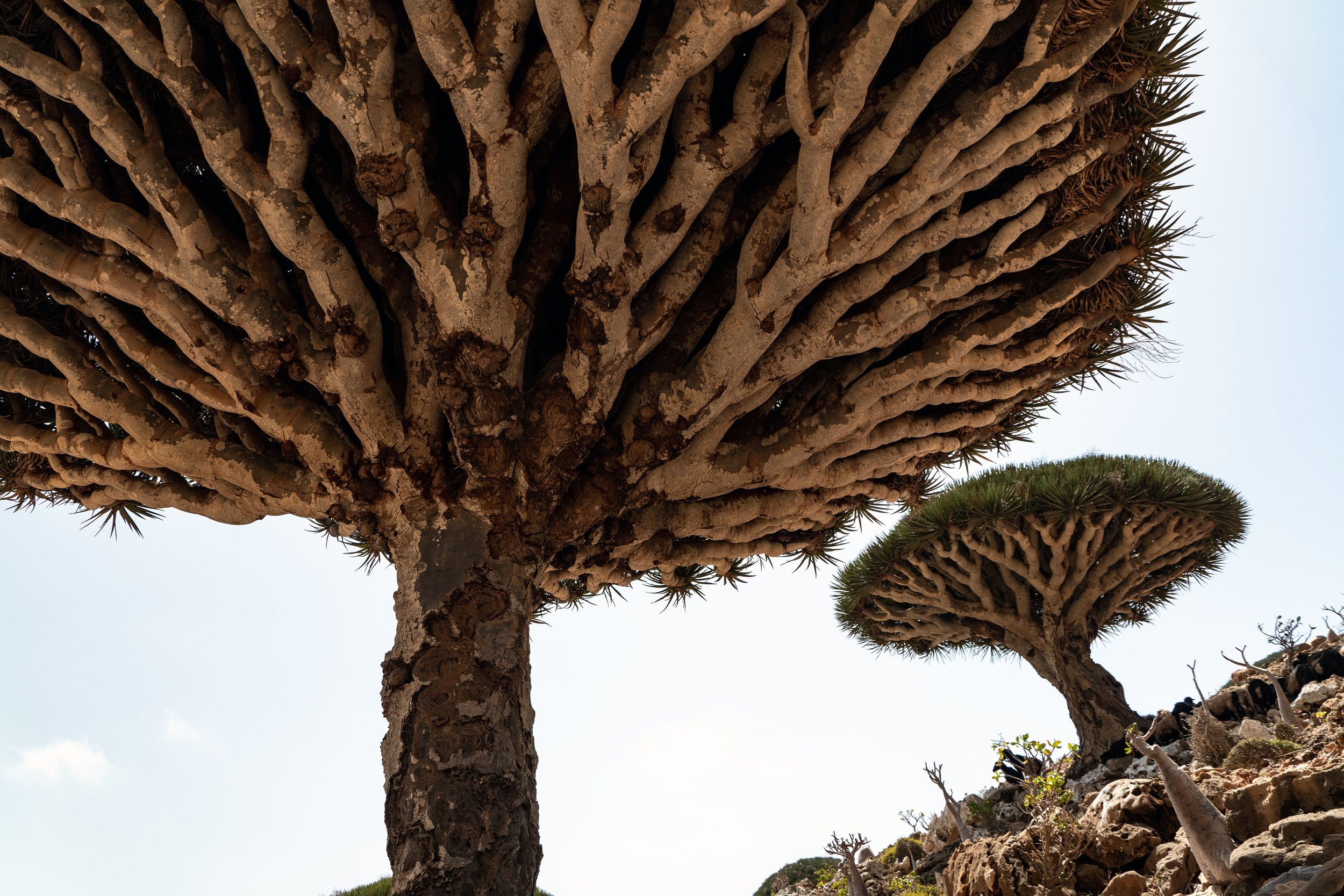
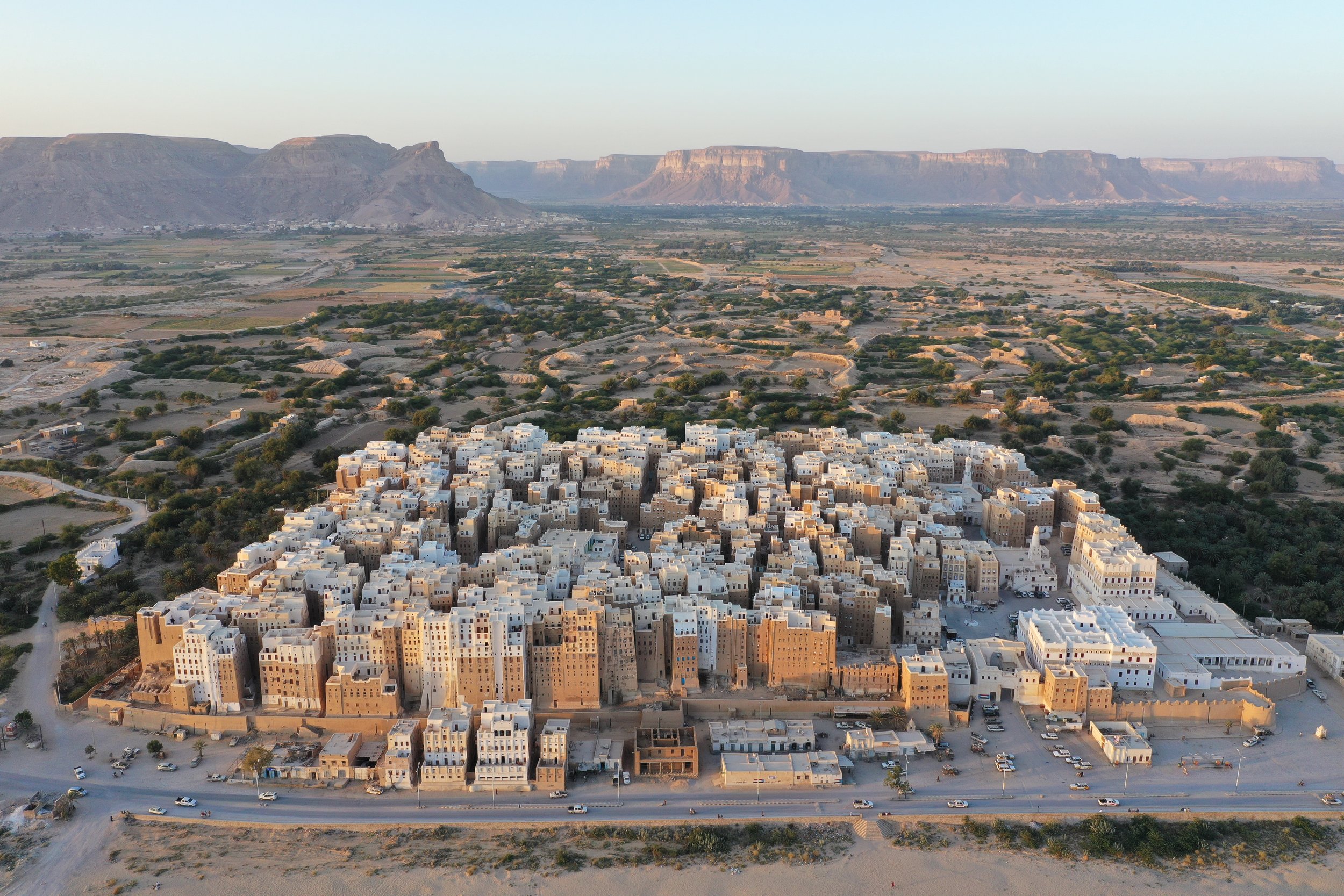
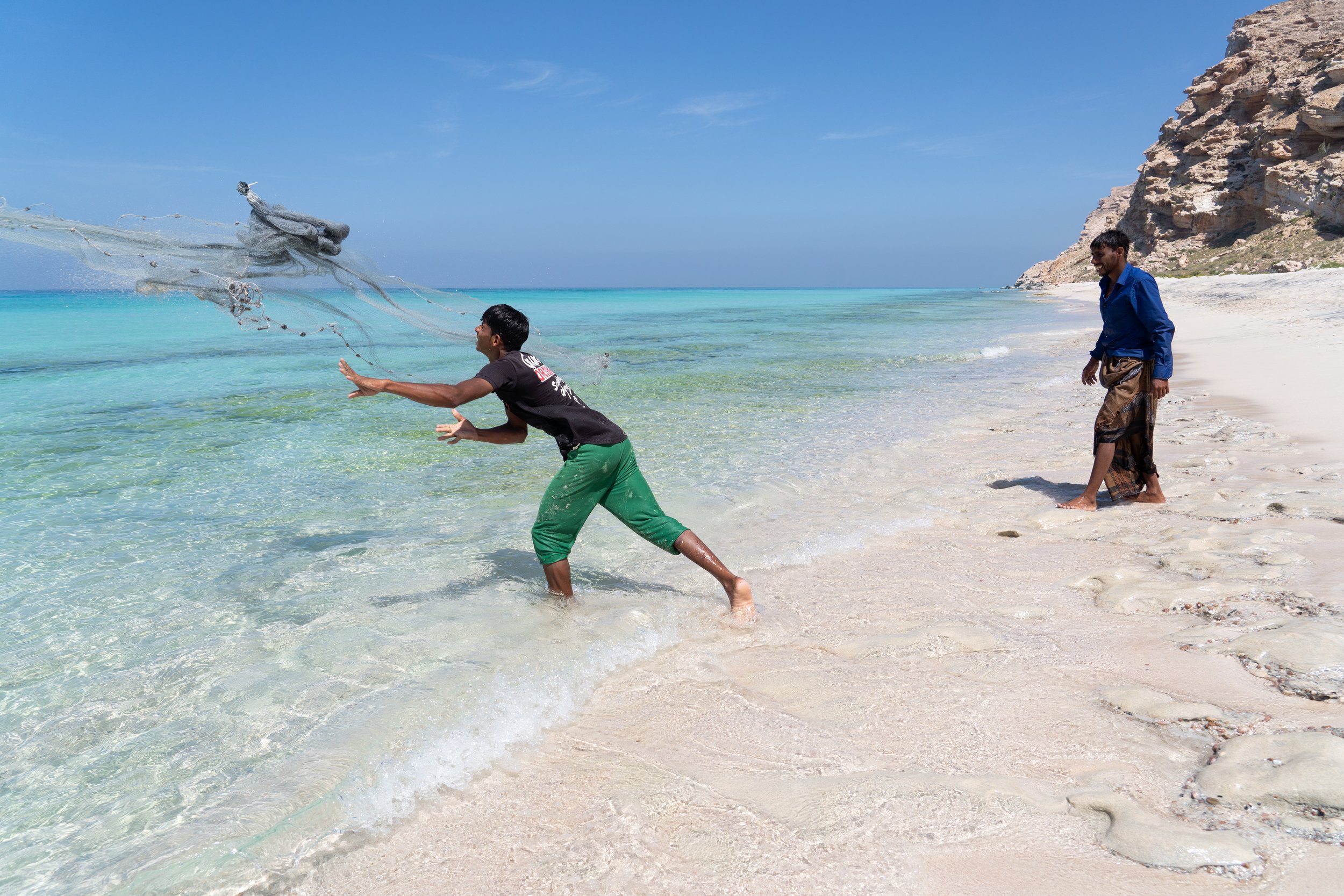
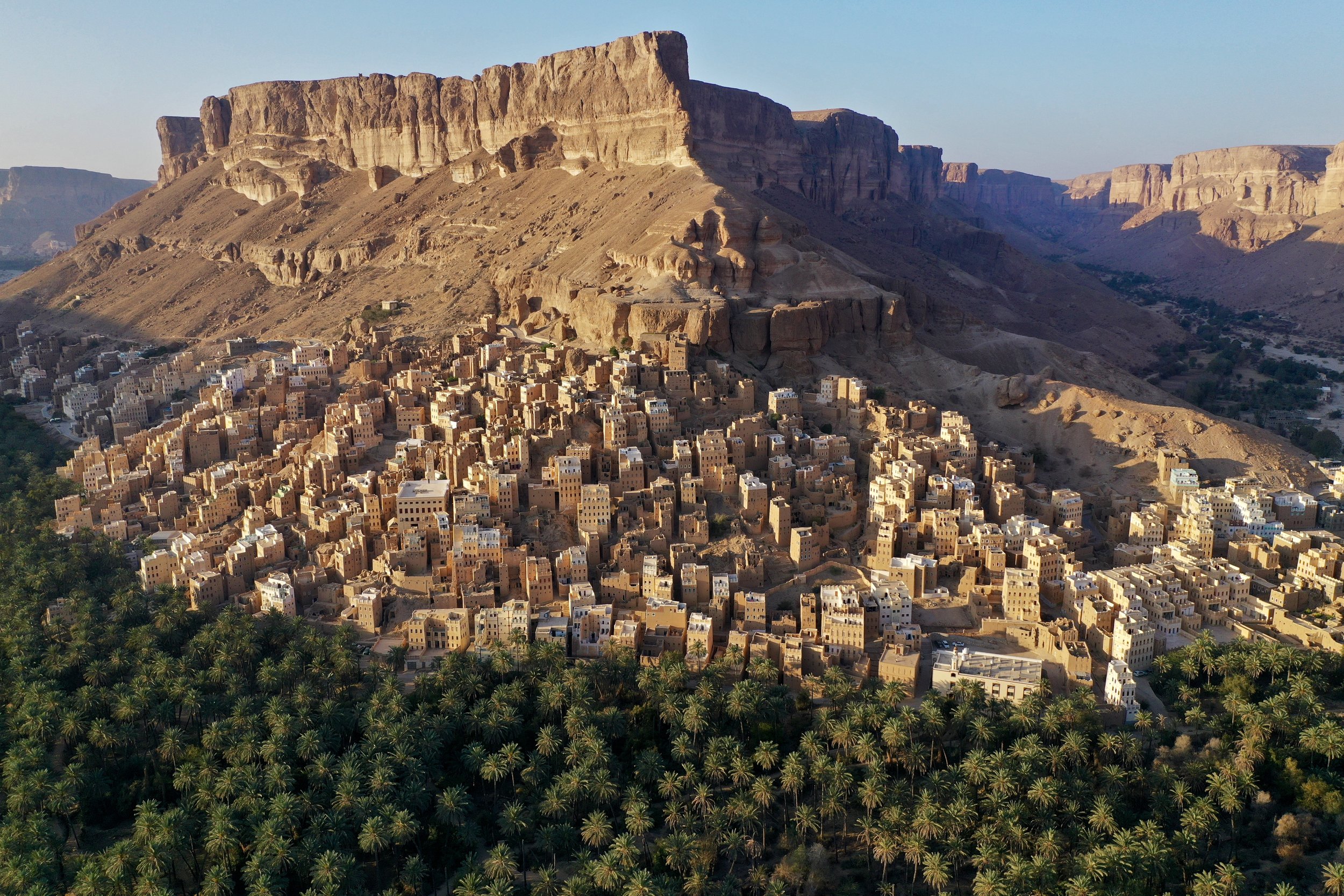

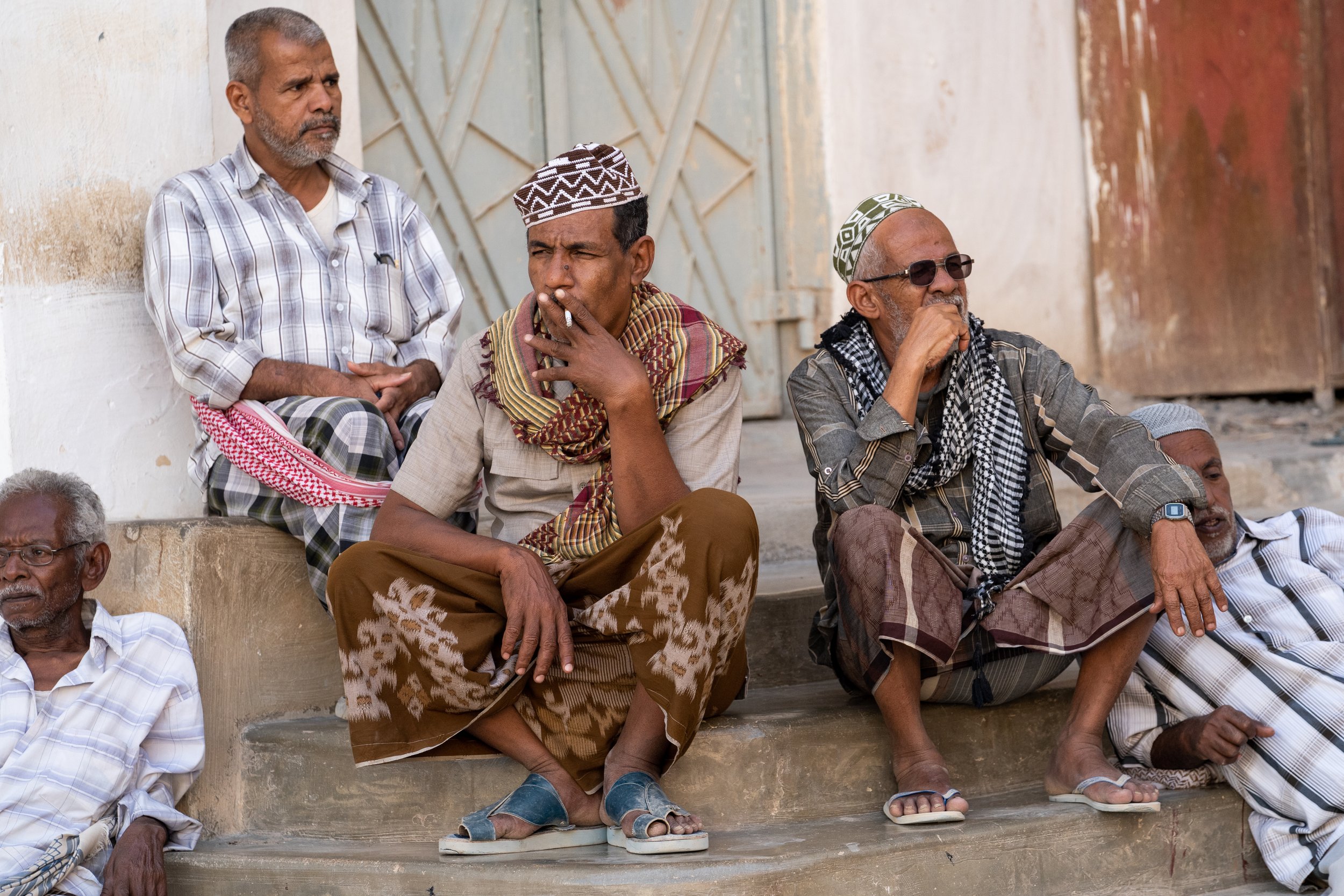
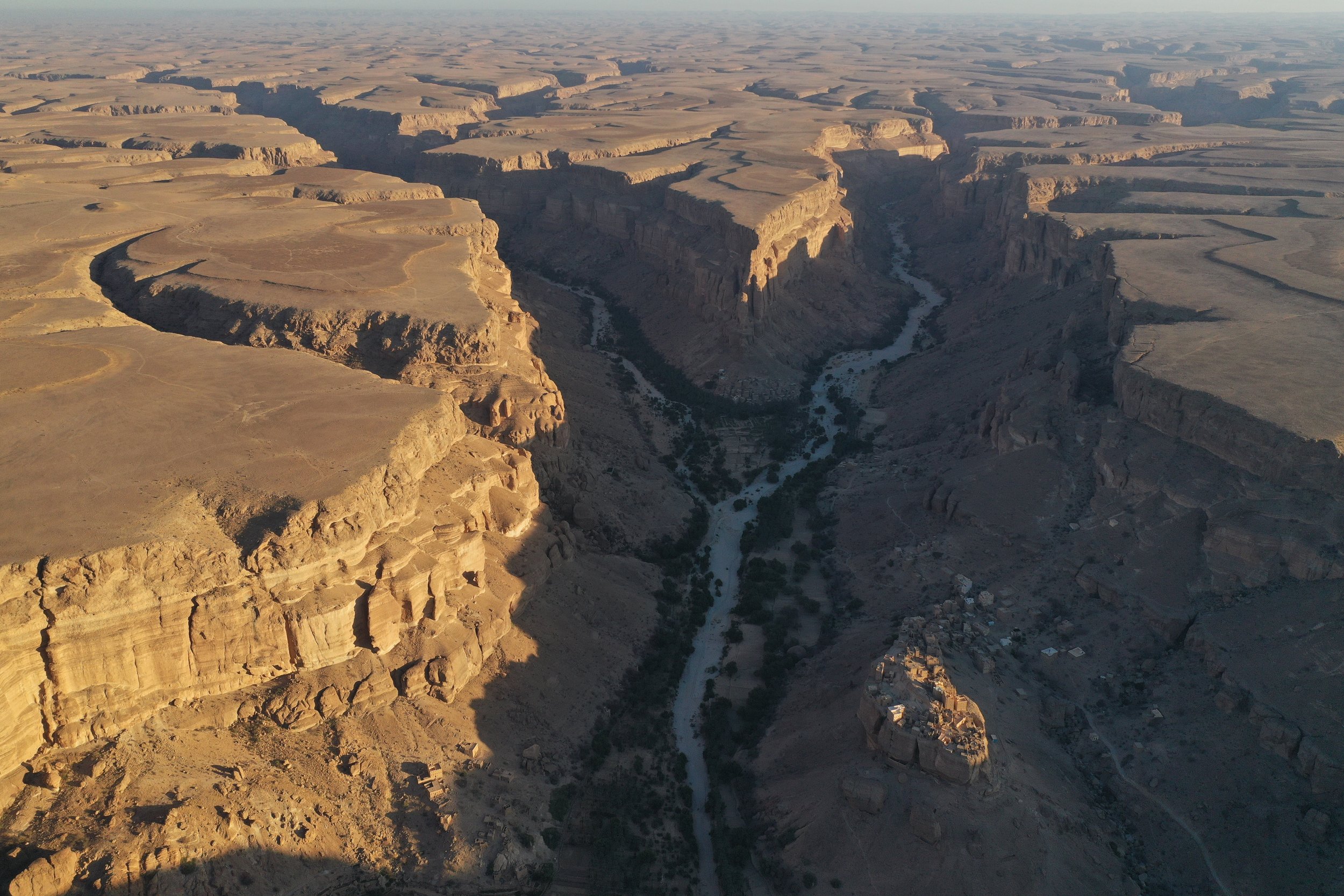
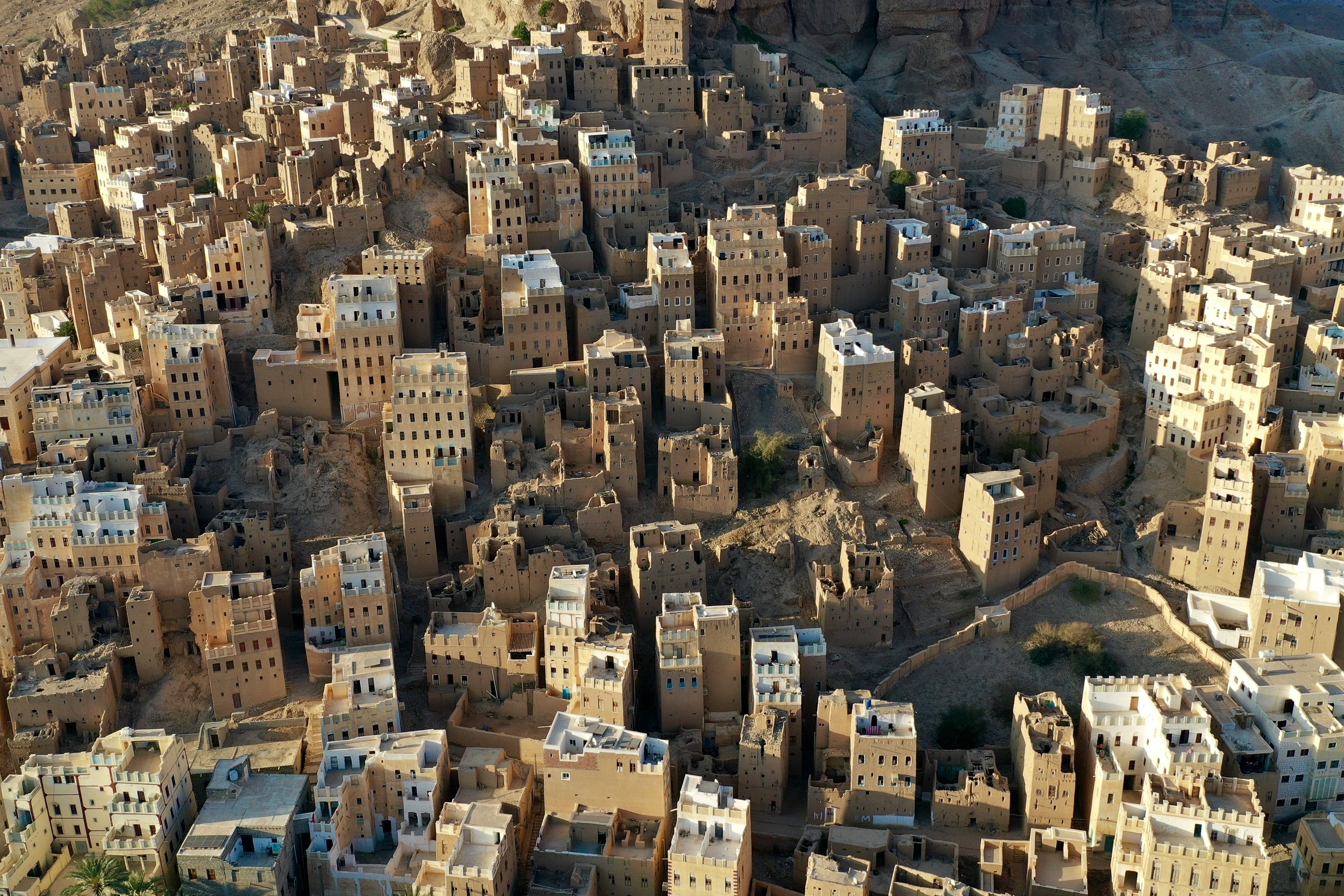
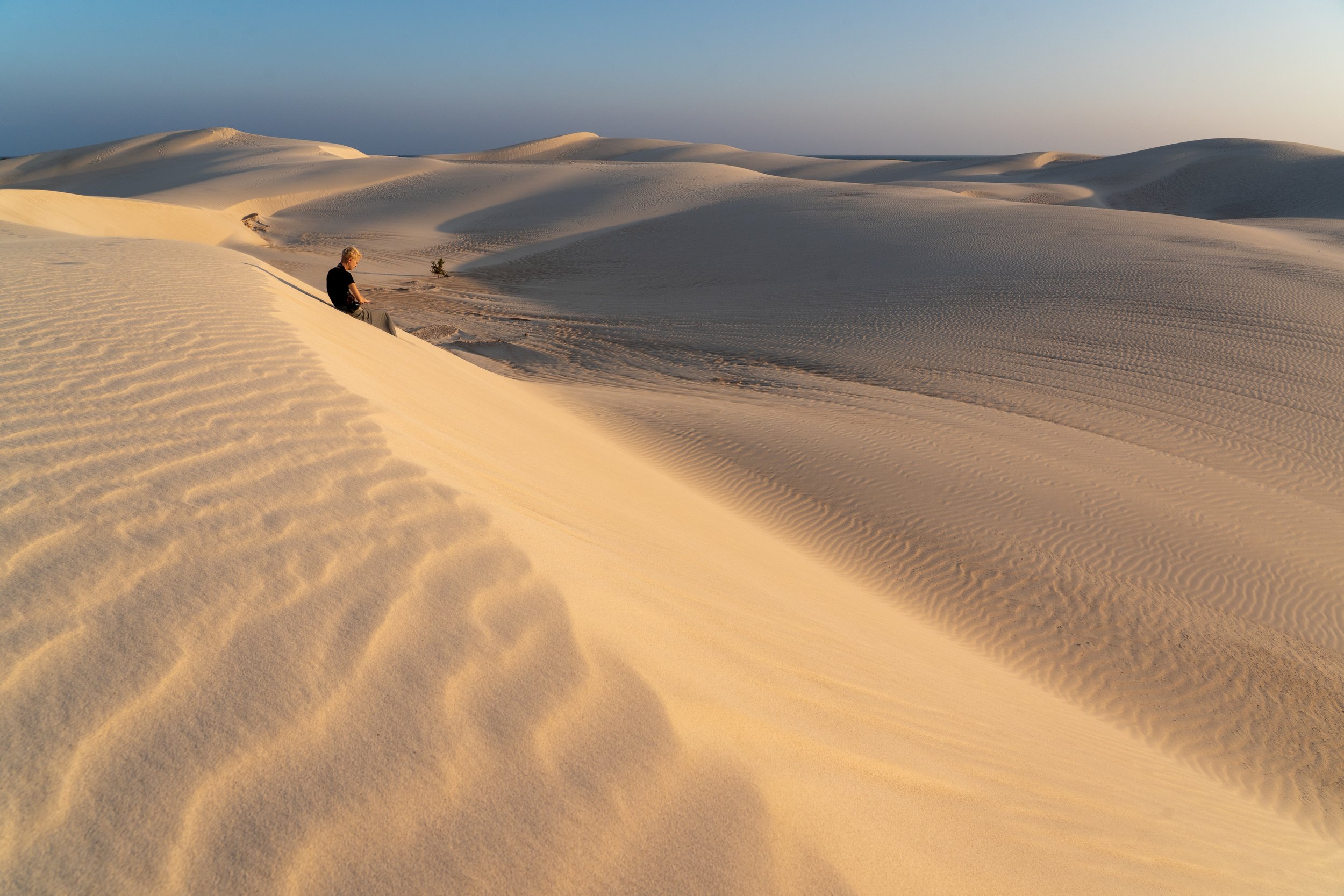
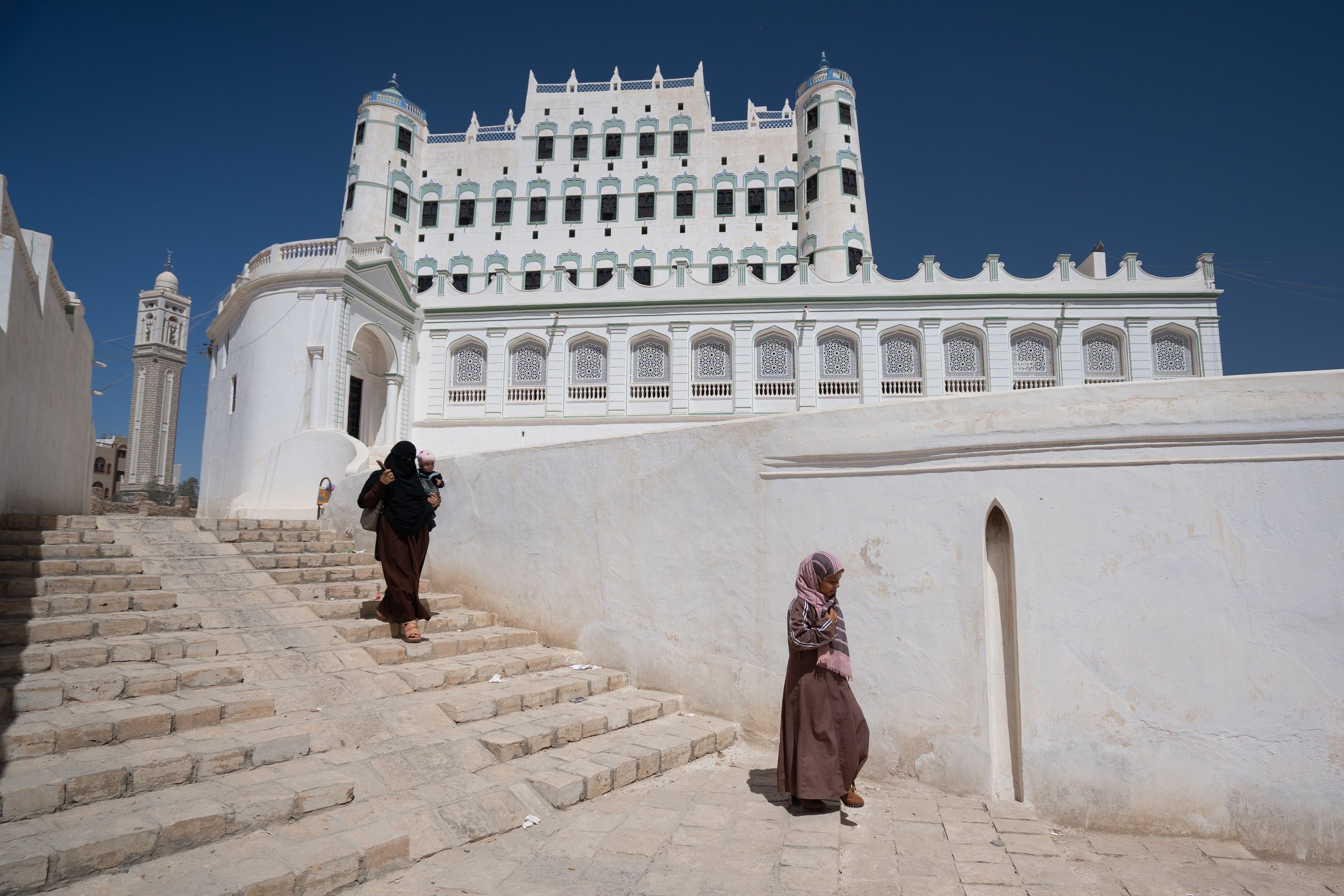

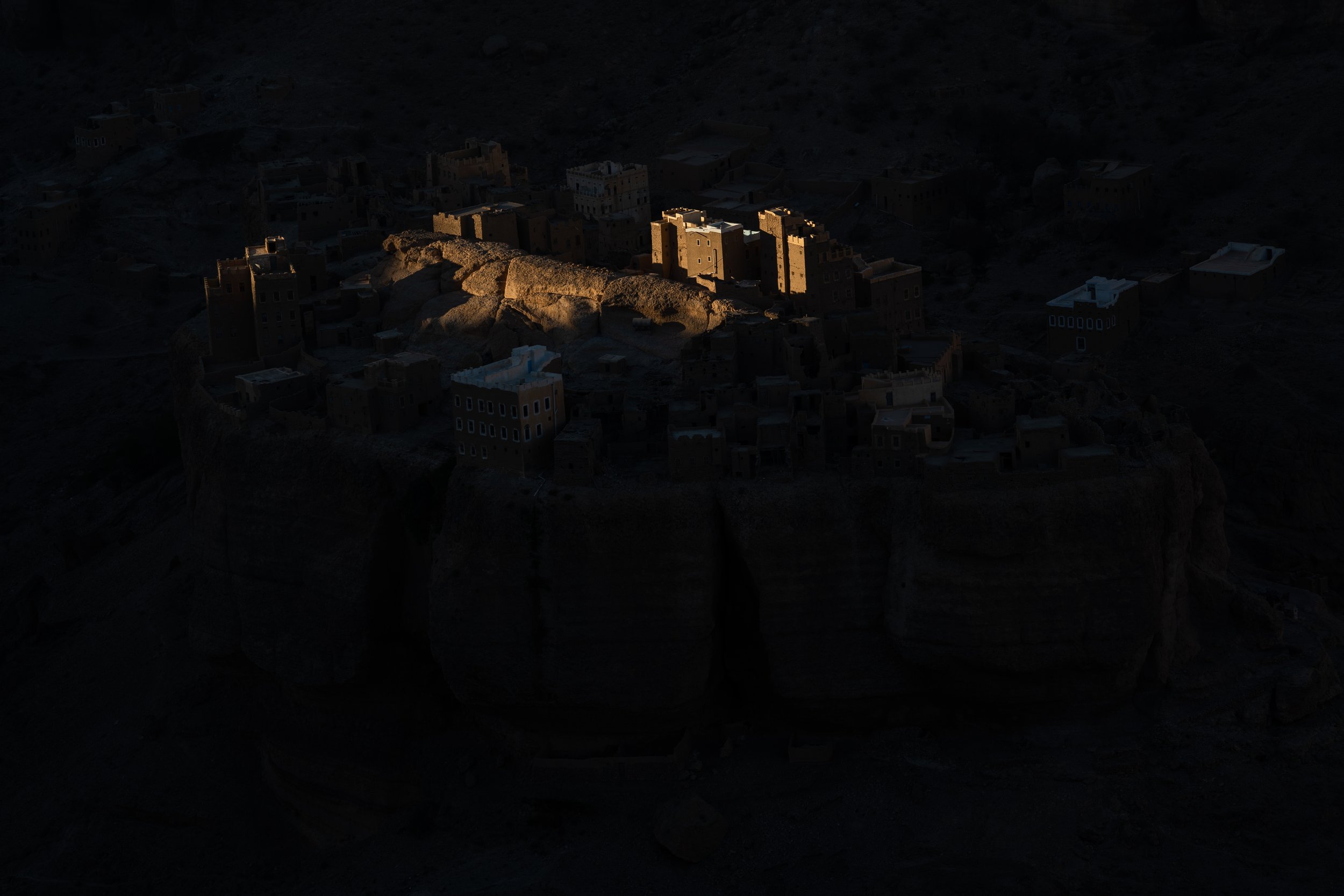
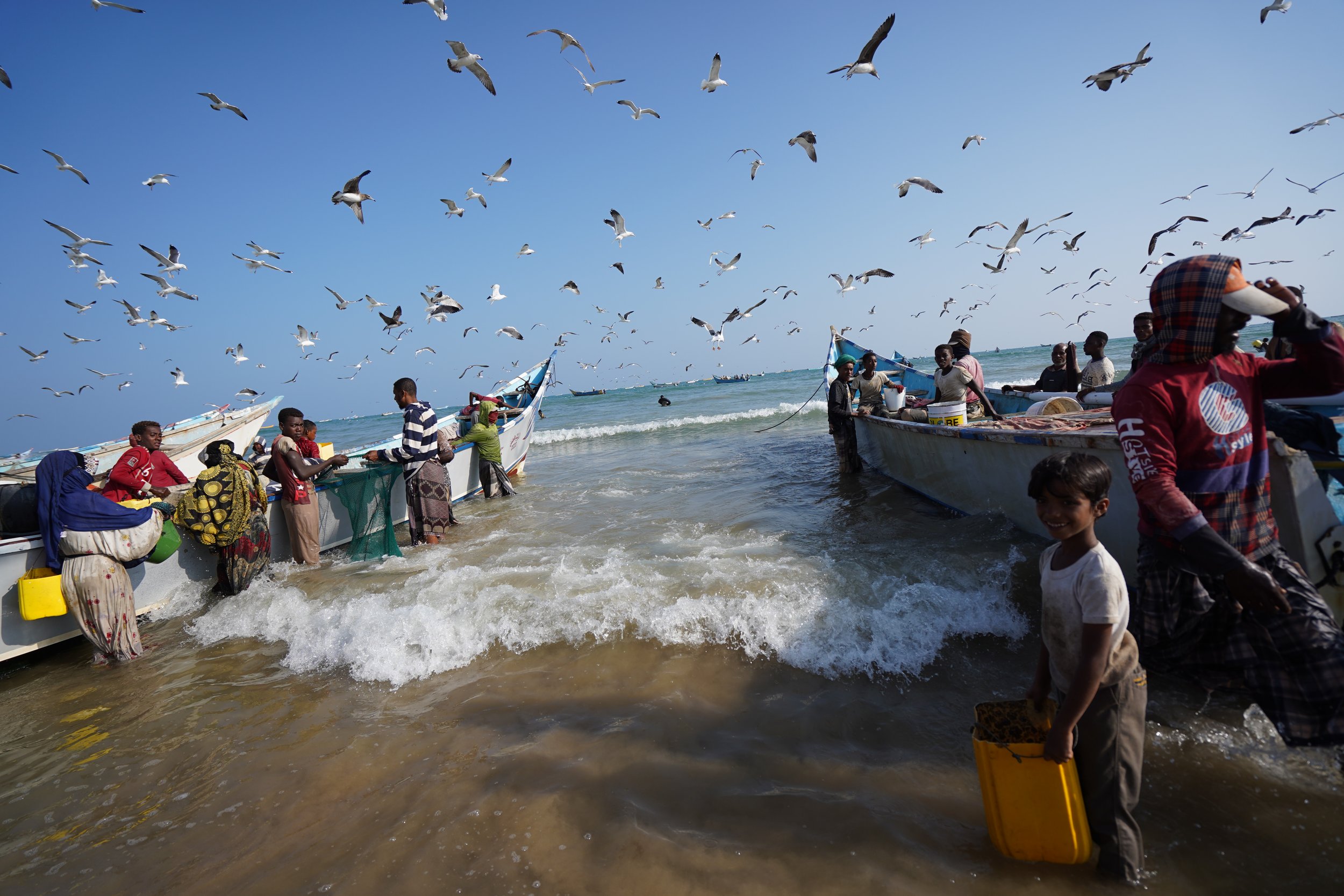
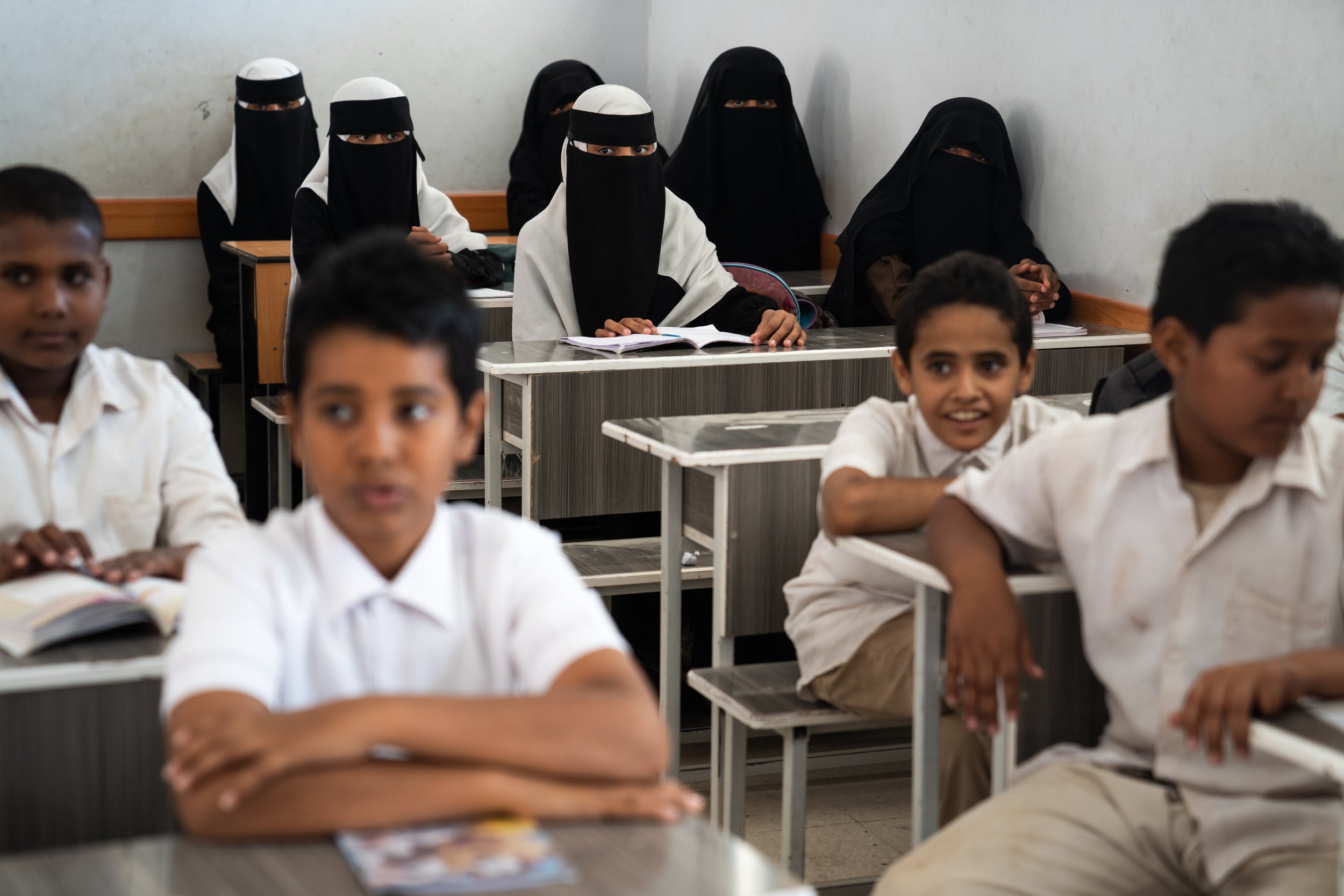
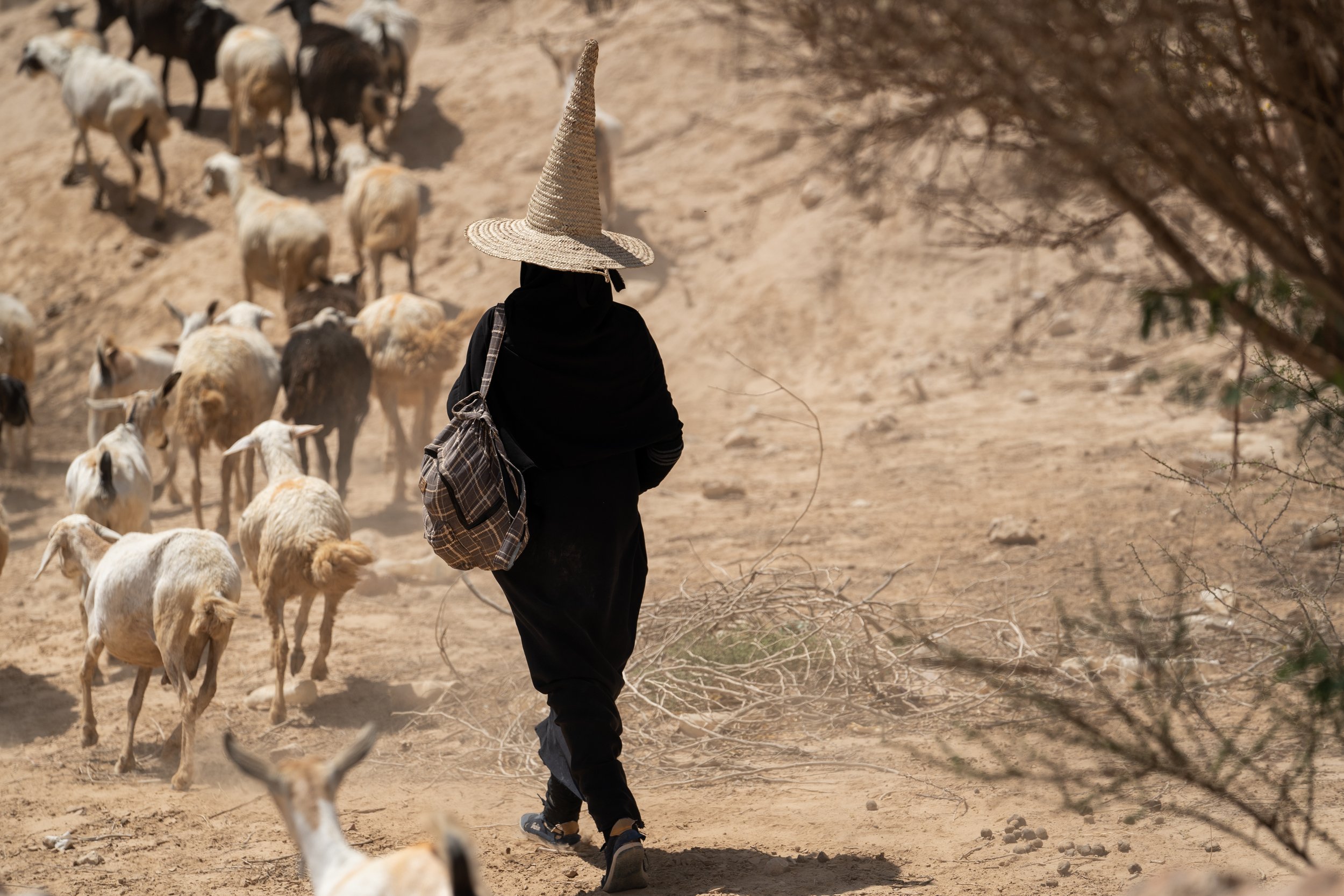
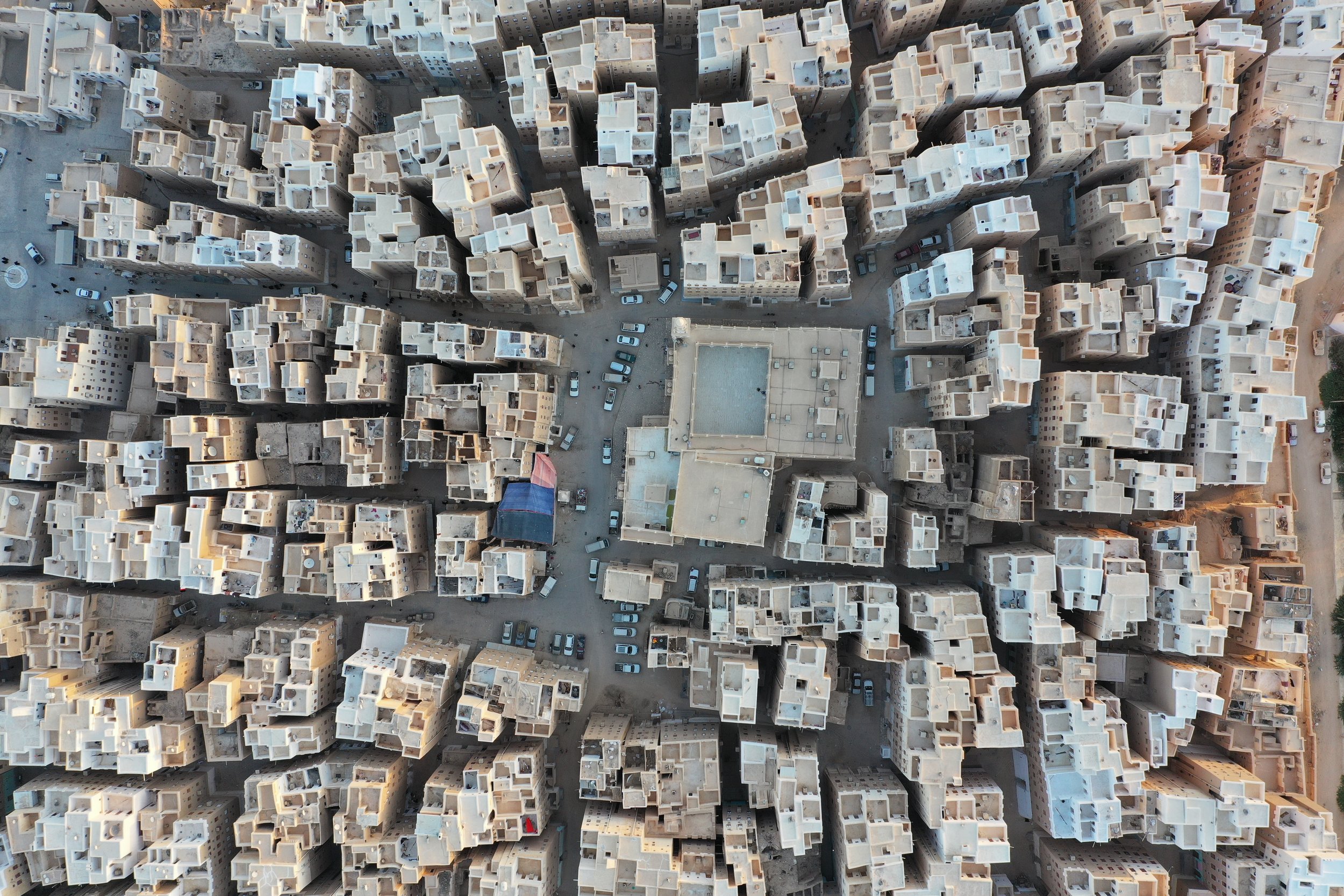
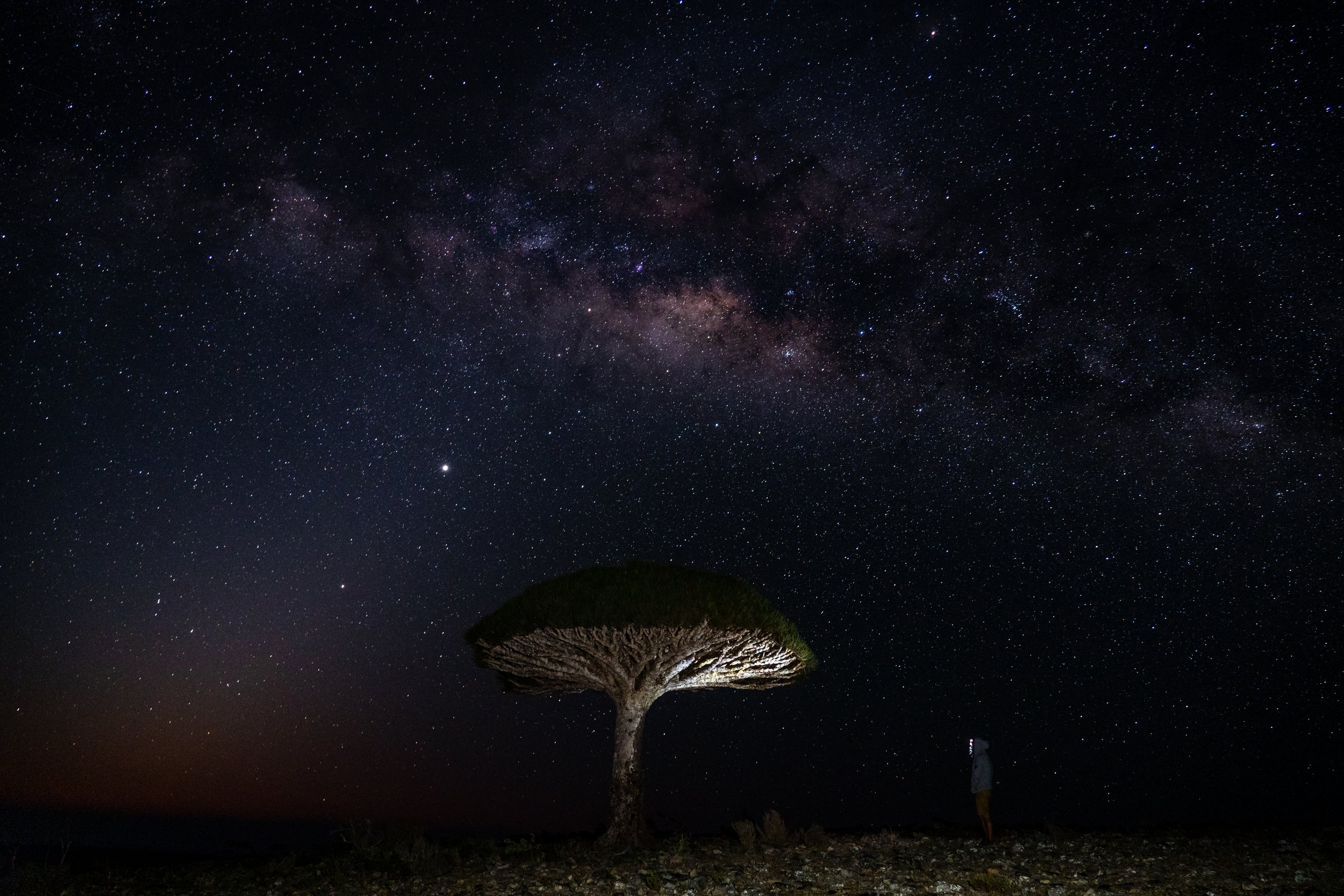
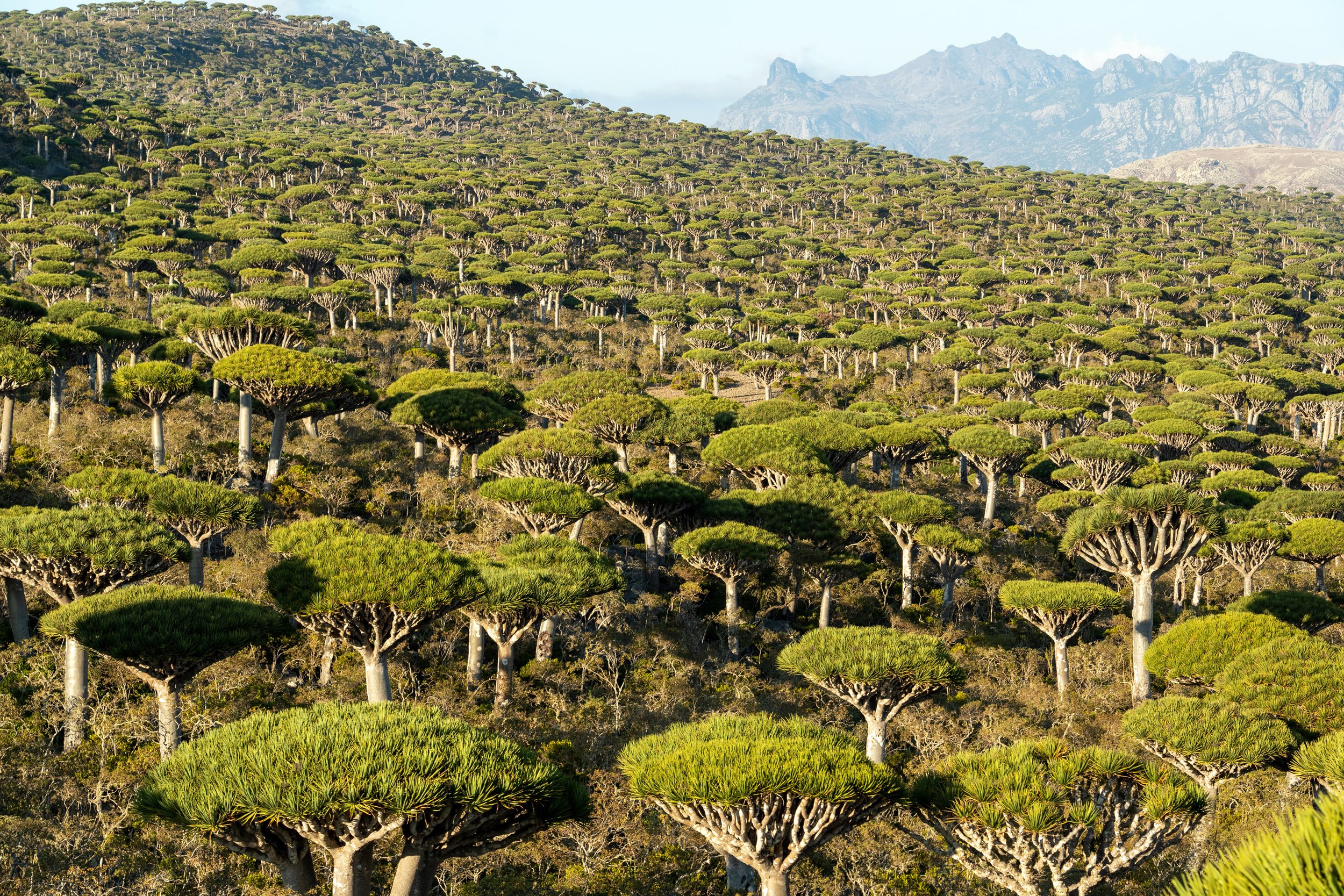
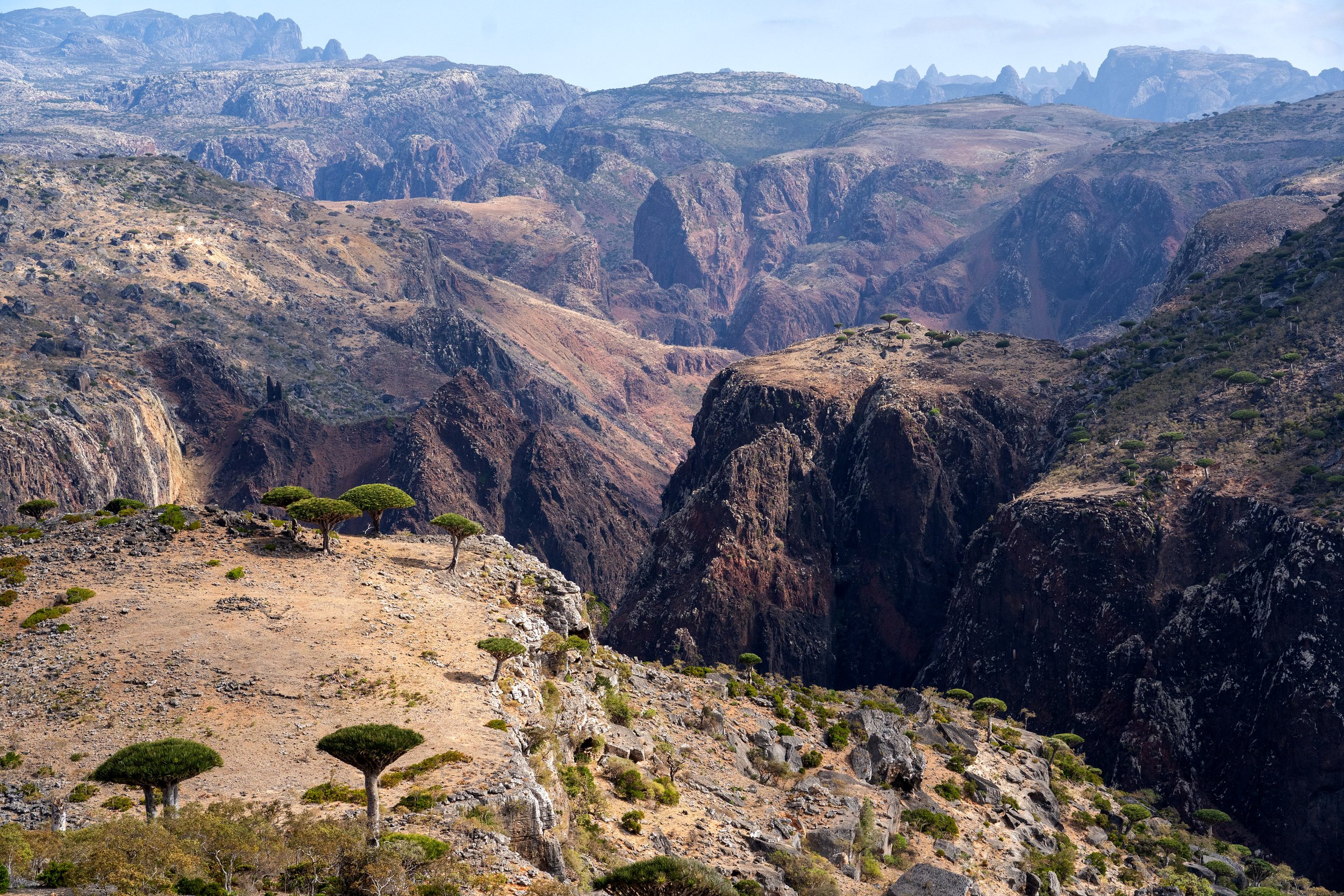
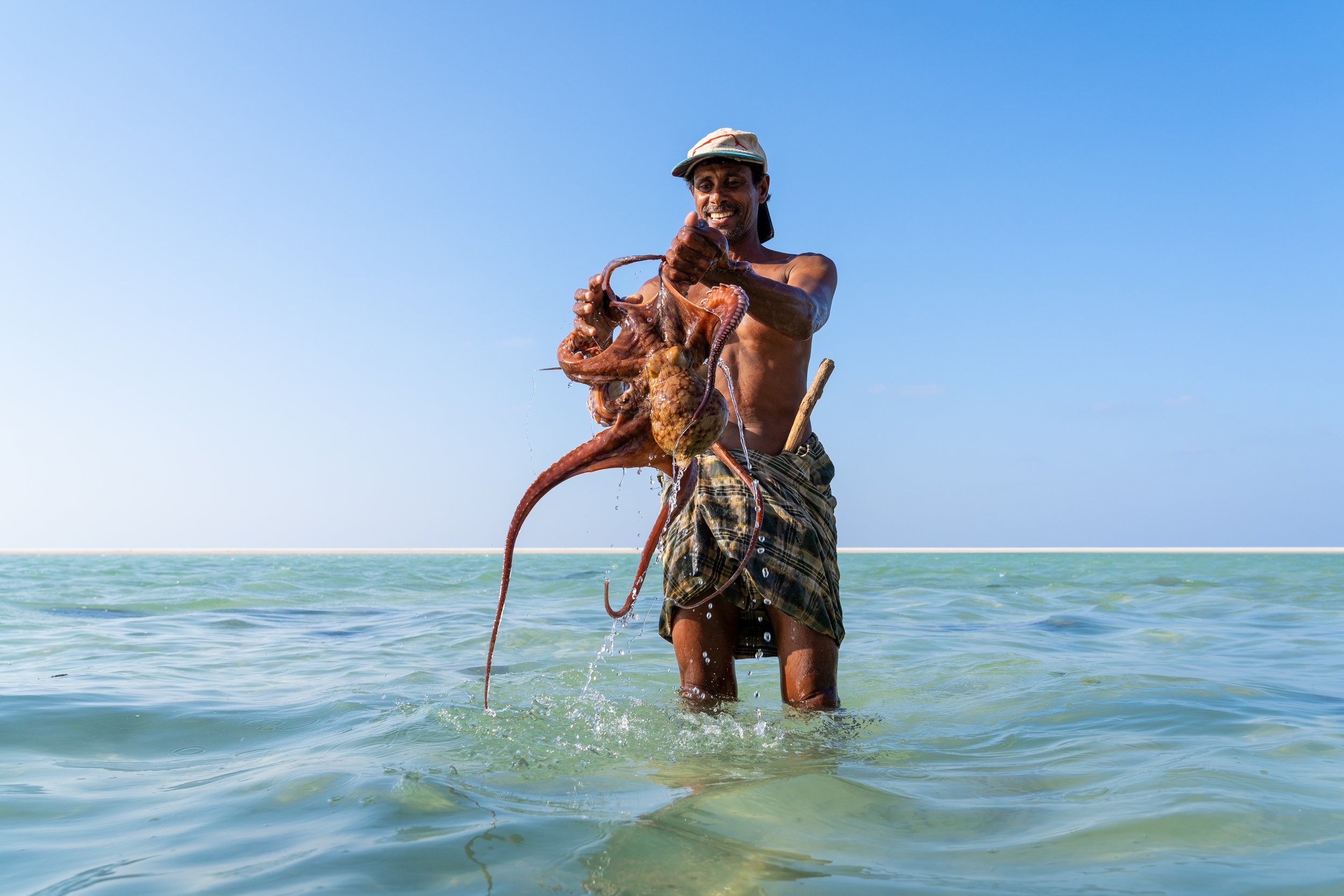
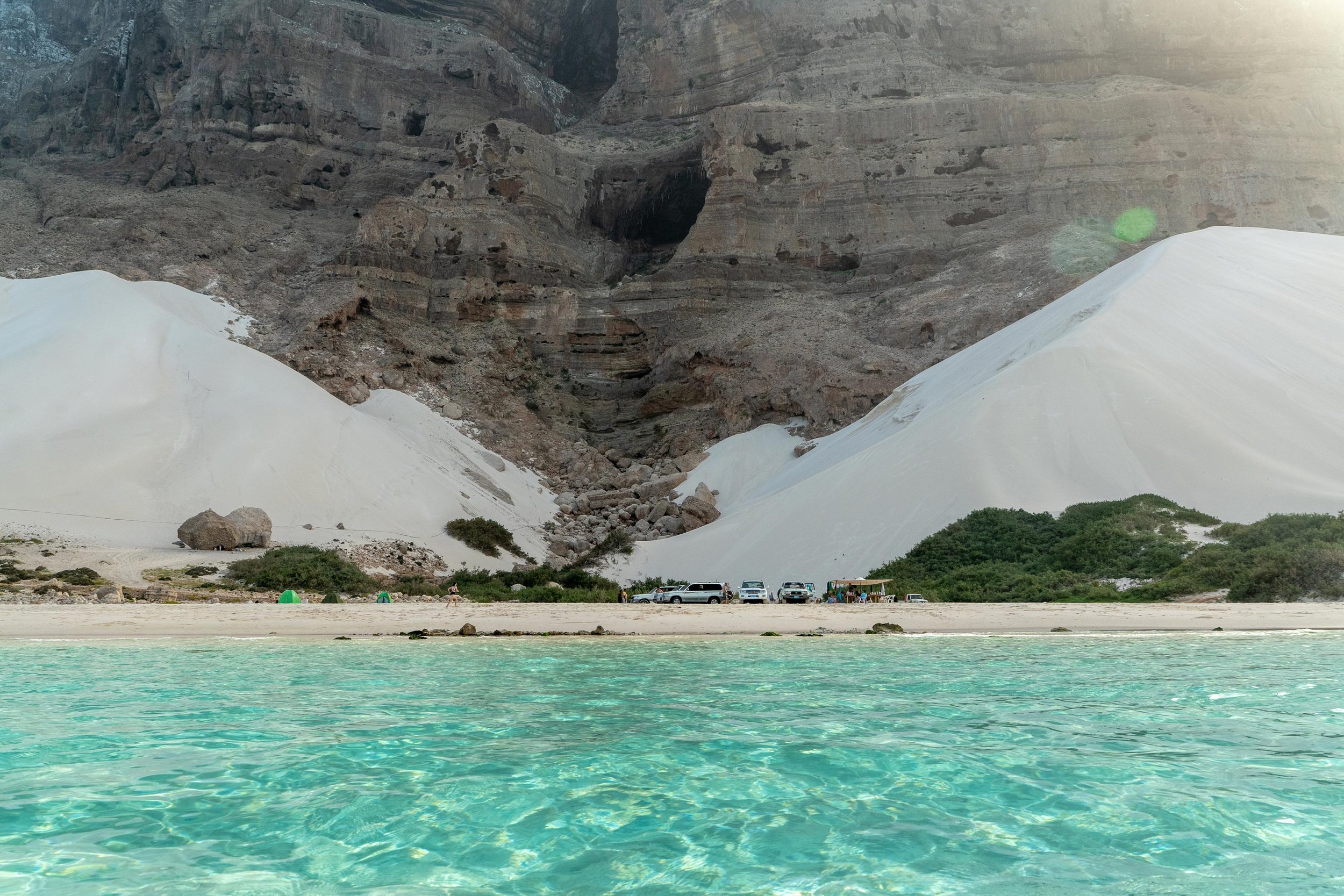
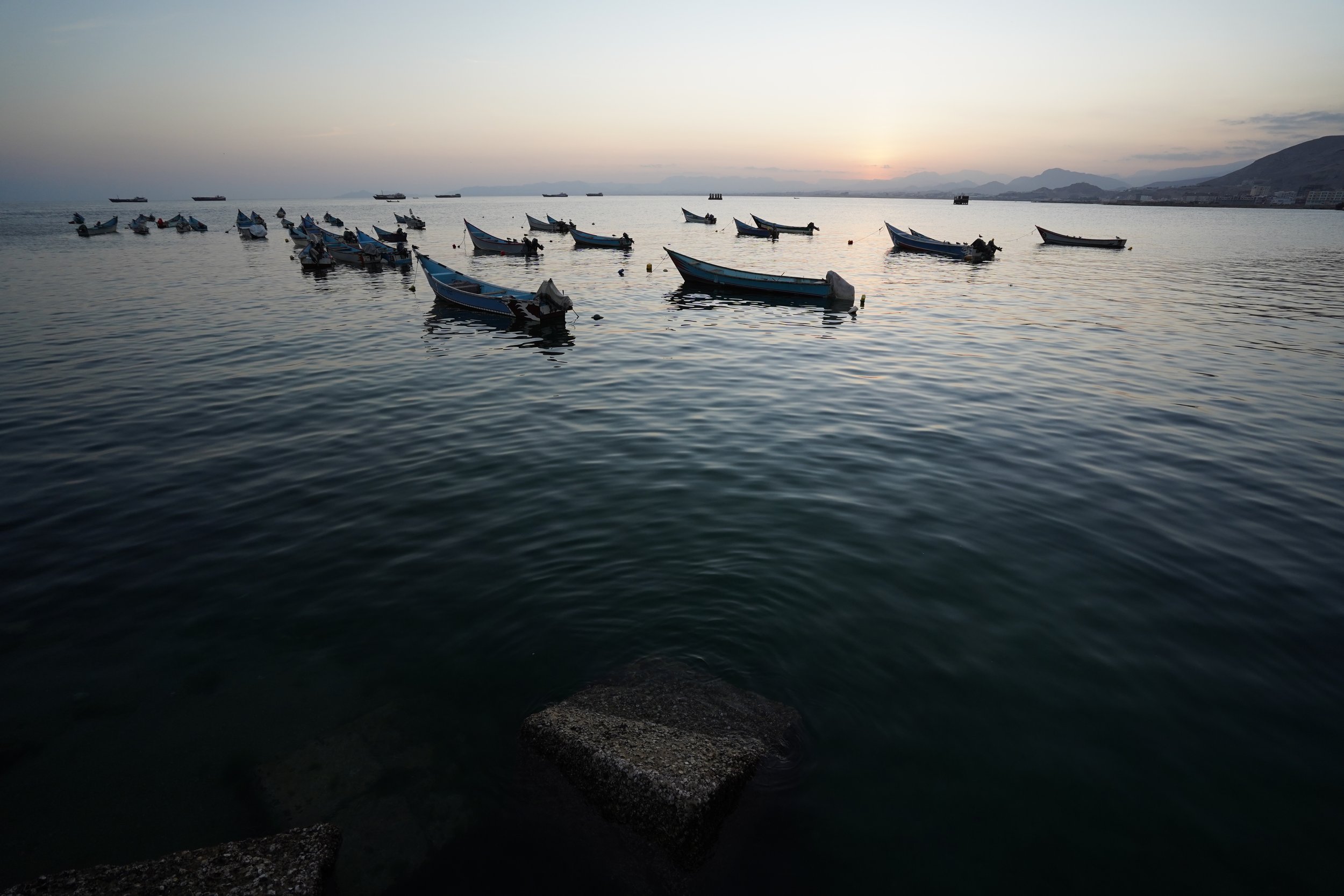
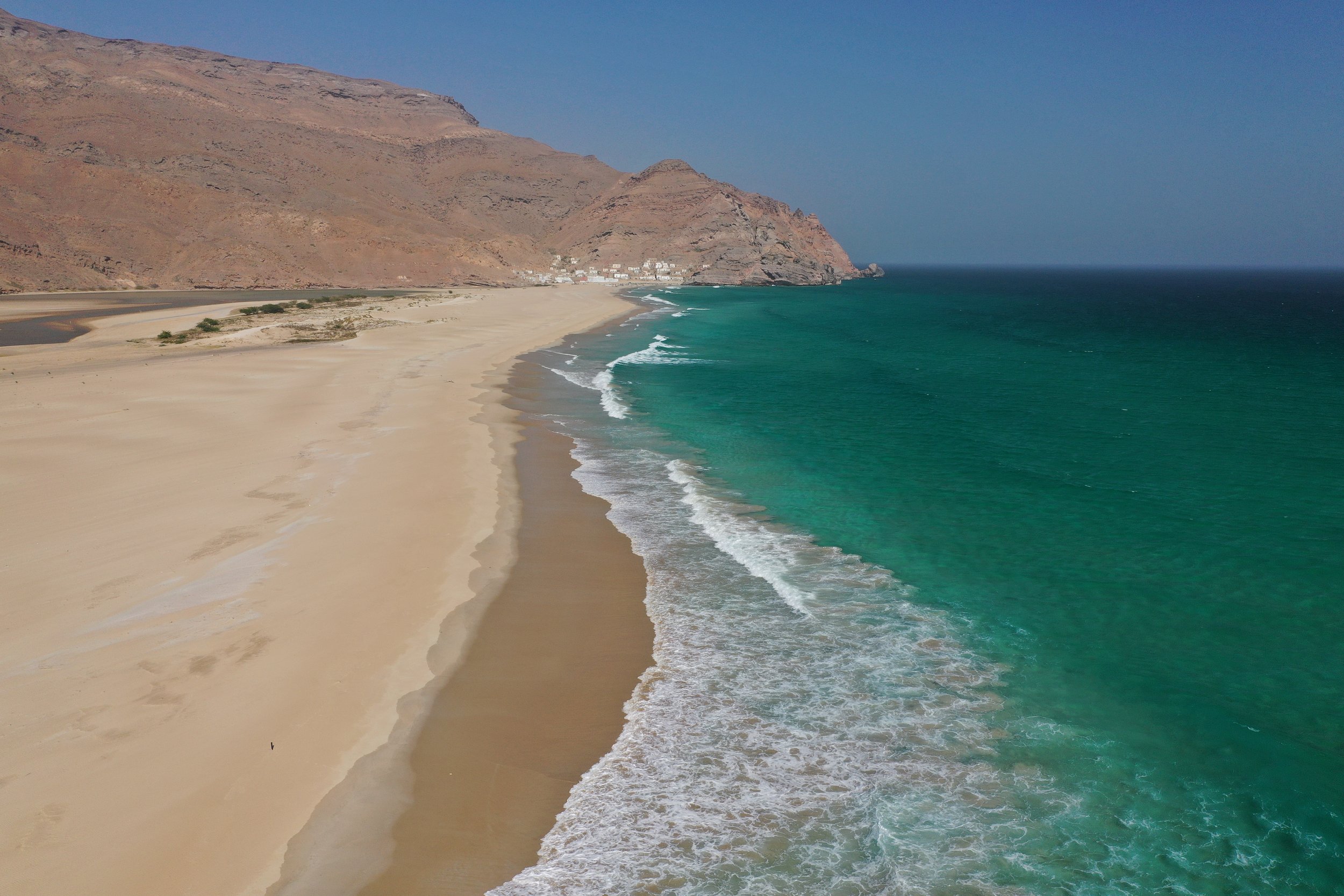
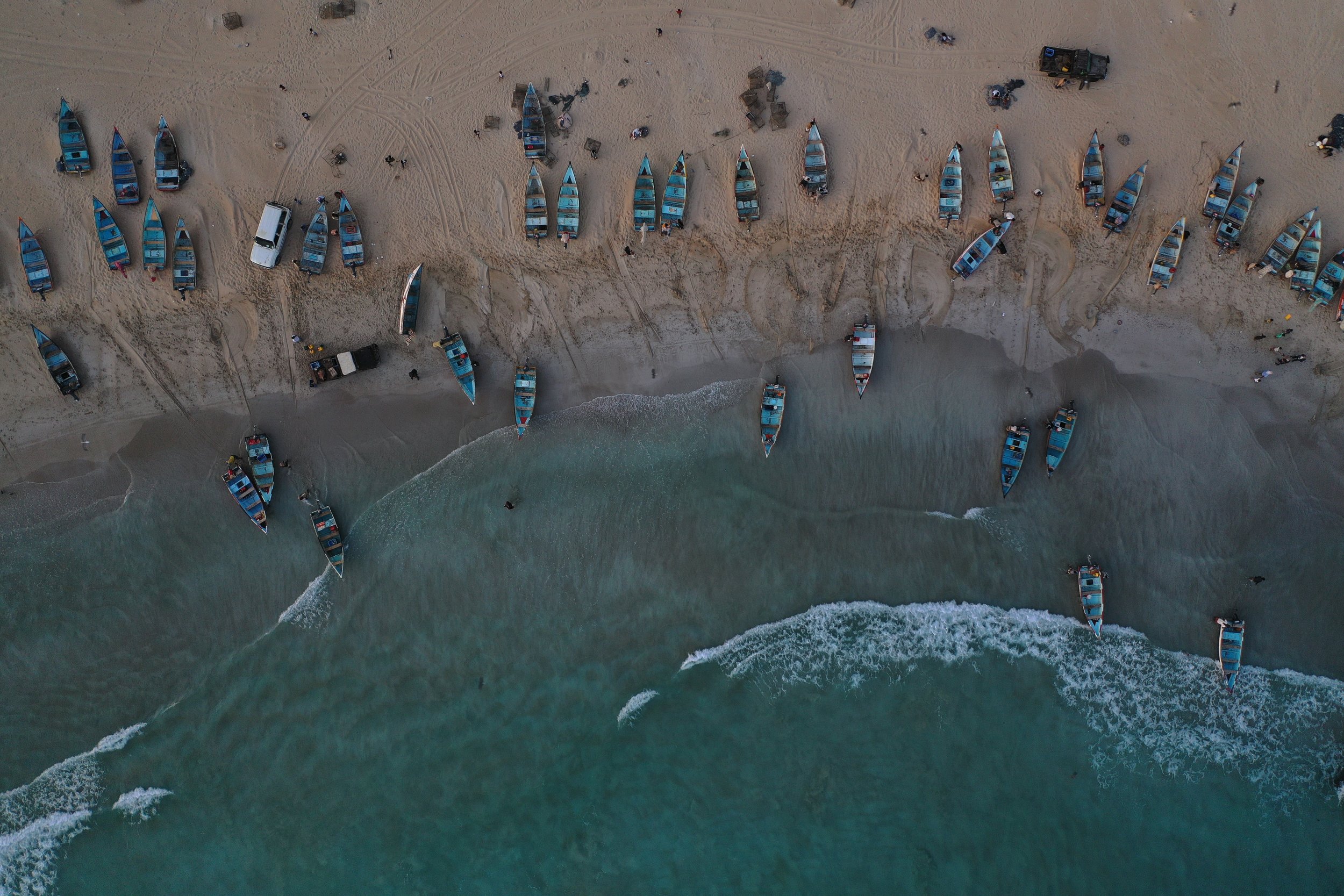
MAINLAND YEMEN + SOCOTRA: Overlanding Remote Regions
This journey is designed to bring you to the most remote parts of southern Yemen and the island of Socotra to really get off the beaten path and explore this incredibly biodiverse and culturally distinct part of Arabia.
-
$4990 USD per person (double occupancy).
Includes:
All accommodations (best available), three meals daily, the Yemeni visa fee and travel permits, security clearance, guides, drivers with private vehicles, additional security when required by local police, entrance fees, domestic flight from Al Mukalla to Socotra Island, glamping kits on Socotra island, and payment processing fees by Visa/MasterCard.
Does not include:
International flight tickets, personal spending, insurance, additional food and drinks, tips for local staff, and anything not explicitly mentioned as included.
-
13 Days / 12 Nights
-
Maximum 6 people, minimum 3 people.
-
Starting from: Seiyun, Yemen (flights are not included, but we can assist with reserving tickets from Cairo, Egypt)
Ending in: Socotra, Yemen (flights are not included, but we can assist with reserving tickets back to Cairo, Egypt) -
Light.
This trip is a road trip, involving several hours of driving in a private vehicle. There are many city walks and one optional light hike (about 2 hours mostly downhill). No technical skills are needed to participate.
Keep in mind, Yemen is a hot, desert country and temperatures can reach 35 degrees, especially in the summer.
Coming Micro Group Departures
(or contact us to arrange a private trip.)
THE LOCATION
Yemen's Hadhramaut region, a land of enchantment and resilience, unveils a tapestry of history, culture, and natural beauty. Rooted in ancient times, this region witnessed the rise and fall of powerful empires, leaving behind awe-inspiring architectural wonders such as the towering mud-brick skyscrapers of Shibam.
A stone’s throw away geographically, yet exceptionally different ecologically, the island of Socotra is an otherworldly ecological paradise. Teeming with endemic flora that looks like it belongs in a mythical world, this island is perfect for a glamping trip. Soak in the sun along incredible white sand beaches, turquoise waters, and rolling sand dunes, while also getting deeper into nature amongst the Dragons Blood and Bottle trees found within Socotra’s rugged interior.
THE ACTIVITIES
After flying in from Cairo, you begin a road trip through Yemen's Hadhramaut region. Here, you’ll wander the vibrant old souq of Tarim, meander through the narrow alleyways of Shibam’s mud skyscrapers, explore the fabled Do’an Valley, meet locals, and take in truly awesome vistas.
After leaving the rocky valleys of the central Hadhramaut, you reach the Arabian Sea port of Al Mukalla. You fly from here to the island of Socotra. Once part of its own independent Sultanate, Socotra has its own language and culture, distinct from its Arab and Somali neighbors.
You’ll travel by land cruiser across the island’s rugged roads to hike through forests teeming with endemic flora, swim in naturally-formed pools, walk white sand beaches, float in perfect turquoise seas, and scale massive sand dunes.
THE PEOPLE
For Mainland Yemen, you will travel with Kais Al Qalisi’s team. Kais is a dedicated Yemeni travel company owner, guide, fixer, and documentary filmmaker based in Sana'a. With a rich experience spanning two decades, Kais has been organizing diverse trips across Yemen from north to south.
While he resides in Sana'a with his wife and three daughters, he frequently travels to Hadhramaut and Mahrah in southern Yemen to arrange engaging tours, given the current travel restrictions in northern Yemen.
While in Socotra, you will have a team of a local, English-speaking naturalist guide hand-picked by our team, along with a separate driver and assistant. They will take you around the island by foot and land cruiser to explore all Socotra has to offer.
THE COST
The total cost of this trip is $4990 USD per person based on a group size of 3-6 individuals.
The trip includes all accommodations (best available), three meals daily, the Yemeni visa fee and travel permits, security clearance, guides, drivers with private vehicles, additional security when required by local police, domestic flight from Al Mukalla to Socotra, glamping kits on the island of Socotra, entrance fees, and payment processing fees by Visa/MasterCard.
The cost does not include any international flight tickets, personal spending, insurance, additional food and drinks, tips for local staff, and anything not explicitly mentioned as included.
-
Your guide will pick you up from your accommodation in Salalah in the morning and drive you two hours to the Yemeni border at Sarfayt. You will proceed through Omani and Yemeni immigration, collecting your Yemeni visa on arrival.
You will then drive along the spectacular Mehri coast, stopping along the way for photos, to the border town of Al Ghaydah, where you will check into your accommodation for the evening. After dinner, you can wander the Al Ghaydah night market.
-
After breakfast, you’ll drive to a tiny fishing village on the Arabian Sea, about two hours from Al Ghaydah. Here, you will go out on a fisherman’s boat to swim in the sea caves around the rocky coastline.
In the afternoon you can relax on the spectacular beaches around Khiseet, as well as go for a swim in the warm, crystal clear waters of the Arabian Sea.
This village is a spectacular place to observe traditional fishing life, as villagers head out to get their daily catch around sunset, while children play football on the beach.
Overnight camping on the beach.
-
After breakfast, you will head out to explore more of the Mehri coast. You will first visit Qishn town, which was once the home of the Sultan of the Al Mahrah and Socotra Sultanate. You can tour the palace in town.
Then you will drive to the sardine processing town of Seihood, where hundreds of fishermen bring their wooden dhows full of fish to be sold and processed in town.
You’ll continue your drive along the coast until you reach the checkpoint at Riyan Airport, where the road splits and you’ll begin the drive north, into the deep interior of central Yemen. Driving along the desert plateau, you won’t notice it until you’re upon it— but steep canyon walls give way to a narrow, branching semi-fertile valley called Do’an.
A deeply conservative yet culturally distinct civilization formed within this valley and continues with its traditions today. Mud brick towns cling to where the canyon walls meet the ground, while the center is reserved for farm and grazing land. Almost no structures exist on the top of the canyon— nearly all life, save for a few bedouins, live at the bottom, some 300 meters below the natural canyon walls.
You’ll arrive at the Hayd Al Jazil Resort in the early evening to enjoy a spectacular sunset over this incredible valley.
Overnight: Hayd Al Jazil Resort.
-
After breakfast, you will drive down to the furthest southern reaches of Wadi Do’an. The first stop will be the village of Qarn Majed, followed by Budha, Al Khuraiba, and finally to Al Rubat. These villages are the most remote and most traditional in the region and maintain their architectural traditions better than anywhere else in the area.
Al Rubat is the ancestrial homeland of the Bin Laden family. Notoriously famous for jihadist Osama Bin Laden, his father, the billionaire construction magnate Mohammed Bin Laden was born in a home in the village before moving to Saudi Arabia as a young man. You can quickly visit the outside of the now-abandoned Bin Laden family home in the village.
On the way north, you’ll stop in the architecturally-stunning Hajhrain town, where you can meet beekeepers and learn about Sedr honey, one of the most expensive high-grade honey in the world.
In the later afternoon, you’ll arrive in the UNESCO World Heritage town of Shibam. As the sun begins to set, you will drive to a nearby viewpoint over the city to listen to the call to prayer.
Overnight at the Hawta Palace Hotel.
-
After breakfast at the Al Houta Palace Hotel, you will get the opportunity to explore the inside of Shibam, walking the town’s narrow alleyways between large mud brick skyscrapers.
You’ll then continue to the center of Seiyun city to visit the Al Kathiri Palace, once the home of the sultan and currently a museum, which documents the Hadhramaut region’s history from antiquity until the first film cameras were around.
From the palace, you will continue to Seiyun’s honey bazaar and farmers’ market to wander before having lunch in the city.
You’ll then drive to Al Mukalla, the largest city in this part of Yemen, by road (4.5 hours).
Upon your arrival in Mukalla, you’ll walk the promenade around the port and then visit the main souq for street food.
Overnight in Al Mukalla.
-
You will need to wake up early in the morning, leaving the hotel just before 07:00 am to head over to Riyan Airport to catch your domestic flight over to the island of Socotra (direct, 1h15m).
You’ll be met upon arrival at Socotra Airport by your local team ready to explore— but first, they will help you clear immigration and customs procedures. Have a copy of your Yemeni visa ready for inspection on arrival at the airport.
You’ll first visit the only “city” in Socotra-- Hadibo-- to have some lunch and go shopping for some local clothes and products if interested. In the afternoon you’ll drive to the Homhil Protected Area, a prehistoric-feeling national park with incredible scenery. There, you can enjoy a sunset walk amongst the Bottle, Frankincense, and famous Dragon’s Blood Trees.
Overnight: Camping at Homhil.
-
You will begin this morning like all your days in Socotra, waking up just before sunrise, followed by a simple breakfast. You’ll then go on a hike down to a beautiful natural infinity pool at the edge of the plateau, surrounded by Dragon’s Blood Trees and Bottle Trees. On the way, you’re likely to come across local children selling dragon blood resin and frankincense from the nearby village. The scenery is otherworldly. This is Socotra.
You’ll return to camp for lunch and then drive to Arher, a spectacular camping spot on the beach in the far northeast of the island, where a fresh creek comes out from a crack in a granite mountain. You can relax on the beach around the creek, swim in the sea, or if you feel up for it you can climb a huge 100+ meter sand dune to get a fantastic view over this charming spot-- amazing for sunset. If you’re lucky, we can see bright blue bioluminescence in the ocean at night (common February-May).
Overnight: Camping at Arher Beach.
-
You will start early today with a drive to the base of Hoq Cave in Terbak village. Before the sun gets too strong, you will hike up about 2.5 hrs to the entrance of the cave. The cave itself is more than three kilometers long, with a water pool at the end. Inside, you will see stalactites, stalagmites, and crystalline formations, with wide chambers, much like an ancient cathedral.
In the early afternoon, you’ll drive return to Arher for lunch. In the later evening, as the tide goes out, you’ll drive to Ras Irisseyl, the easternmost point of Socotra where the Indian Ocean and the Arabian Sea meet.
There is a small fishing village here where you can see the locals returning with the afternoon catch. You will also visit “crab city”; this beach is home to thousands of sand crabs who build small castle-like structures above their holes during low tide.
Overnight: Camping at Arher Beach.
-
You’ll depart Arher after breakfast and drive through a series of dirt roads to the far southeast of the island. After driving past rolling hills of Dragons Blood Trees, you’ll reach the start of the hike down to Kalisan Canyon.
Kalisan is impressive, to say the least. It’s a deep swimming wadi, replete with numerous crystal-clear freshwater pools and waterfalls. The hike down (and back up) takes about 45 minutes and you’ll pass Bottle Trees along the way.
After spending the morning at Kalisan, you will drive to Diksam in the Hajhir Mountains to set up your camp for the night.
Overnight: Camping in Diksam.
-
After breakfast, you will trek to the Firhmin Forest, the last woodland of Dragon's Blood trees left on the island. Nowhere else can one find Dragon's Blood trees in such density.
Nur, a local goat herder, will show you how they used to collect-- and still manage on a smaller scale-- the precious red resin of the tree. You will continue hiking down into the Derhur Canyon, where we will see unusual rock formations and can swim in freshwater pools, where we can enjoy a picnic lunch.
The Diksam plateau is home to nomadic Bedouin herdsmen who move from one site to another with their goat herds. From Diksam you can watch the sunset amongst the Dragon’s Blood Trees and canyon below.
In the late afternoon, as the sun begins to set, you’ll visit the “sea of sand” at Hayf and Zahek. There you can wander this incredible landscape, climbing between the dunes to the sea. Finding pieces of ancient pottery is not uncommon here, as much of this area was under the sea not too long ago.
Overnight: Camping in Diksam.
-
After breakfast in Diksam, you’ll visit the Dragon’s Blood Tree nursery where young trees have grown since 2006. Since goats were introduced to the island, they have destroyed many of the young trees when their leaves are still soft, so it’s essential to grow new trees in protected environments.
You’ll then visit the Diksam middle and high school, where you will visit classrooms, meet teachers and students, and if you’d like, volunteer to teach an English class.
Following your visit to the school, you will drive to the northwest of the island to Detwah Lagoon, a marine protected area renowned for its magical landscape and incredible coastline for swimming.
You’ll first stop at a viewpoint over the beach, where you can see the full extent of the lagoon-- a white sandy peninsula jutting out into the sea surrounded by turquoise waters. From here, you can walk directly down to the swimming beach. There is also an array of sea birds and marine wildlife in the lagoon. There, you may encounter Abdullah the Caveman. If so, he’ll take you exploring in search of marine wildlife from his cave over the lagoon.
Overnight: Camping at Detwah Beach
-
After breakfast, you will drive to the city of Qalansiah, the second largest settlement on Socotra, a mere 10 minutes away. From there, you will take a local fishing boat to see spinner dolphins and go snorkeling in the warm turquoise waters off Shu’ab Beach on the west coast of the island. This is the nicest slice of white sand in Socotra and it is a beautiful place to spend your last full morning on Socotra. You’ll relax on the beach for a while, and head back to Detwah for lunch.
There is also an array of sea birds and marine wildlife in the lagoon.
Overnight camping in Detwah (or optional early return to Hadibo and spend the night at a hotel. In this case, an extra charge would apply).
-
After breakfast, you’ll drive to Socotra Airport for your flight back to Riyan Airport outside of Mukalla.
An afternoon will be spent exploring Mukalla.
Overnight in Al Mukalla.
-
Today you will drive all the way back to Salalah, Oman from Al Mukalla (option via bus or private transport). The total travel time takes approximately 12-14 hours.
The following itinerary is meant to serve as a guideline for the trip, rather than an exact play-by-play. As is true of all inertia experiences, we leave room for sporadic interactions, unforeseen opportunities, and time buffers to compensate for unexpected scenarios.
SOUQS OF HADHRAMAUT
Explore spices and scents on the region’s markets.
OTHERWORLDLY NATURE
Take in stunning natural landscapes and explore endemic flora in Socotra.
EXPLORE SHIBAM
Meander through the Manhattan of Arabia with its 11-story mud skyscrapers still lived in today.
UNTOUCHED BEACHES
Turquoise waters and soft, white sand beaches, what more can you ask for?
MICRO GROUP TRIPS
All Micro Group Trips are limited to a fixed maximum and a minimum number of participants (2~6 people) to ensure a safe, intimate, and sustainable experience.
If available, fixed departure dates are listed below. Click on a date to sign up.
If no trip dates are available, private trips or extra dates can be organized according to your schedule pending our guides’ availability. Contact us to arrange a private trip.
Want to travel independently or don’t see dates that work with your schedule?
Contact us to arrange a private trip instead.
-
In Mainland Yemen, you will stay in small local hotels throughout the trip. While they are certainly not particularly fancy, they are not bad either and are both full of character as well as Yemeni hospitality. Don’t expect a high degree of luxury, but you can expect slow wifi, running water (sometimes hot), and a clean bed. These are the best hotels available for the region.
In Socotra, you will use our Lotus Bell glamping tents, with IKEA mattresses, sheets, pillows, and blankets. Keep in mind, it’s still camping, and Socotra has very little infrastructure, but these glamping kits are significantly better and larger than your standard tent (they are 4 meters in diameter and you can stand in them). Each glamping kit weighs 50 kilos and can fit up to three people (it will be transported by truck).
If the group desires, there are a handful of hotels in Hadibo as well that you can use (at extra cost).
-
The safety and security situation in eastern and southern Yemen, specifically in Al Mahrah, Hadhramaut, Socotra, and the city of Aden has improved significantly since UAE and Saudi forces moved into the area in 2016-2017. While risks still most certainly exist, with an experienced team these risks can be significantly mitigated. Learn more by reading our Safety Guide to Southern Yemen.
As a precaution, our team receives regular security reports from the local officials in each town we visit. Should anything seem off, we do not hesitate to change an itinerary or take away a destination if it requires passing through or staying in places we do not feel comfortable. Moreover, we will not hesitate to organize a land or air extraction via either one of the three viable overland border points or Seiyun Airport, should this be necessary.
-
In the Mainland, Yemeni society is deeply conservative and as a general rule of thumb, all visitors on our trips are required to dress in a way that enables them to blend in as much as possible.
For men, this means long pants, shirts that cover the shoulders, or Yemeni traditional dress (a fouta— man skirt— and a button-down shirt).
For women, this means a black Abaya and headscarf (at all times while in public), and occasionally a niqab (face veil) for certain checkpoints or more challenging situations, should they arise.
Socotris on the other hand are more accustomed to Western and Asian tourists visiting the island, so the dress code expectations are not nearly as strict as in other Islamic countries. Tourists are free to wear swimming suits and bikinis on the beaches and shorts while hiking.
That being said, when in towns and villages, and when approaching groups of locals, tourists need to be covered up, specifically foreign women. This means that women’s bodies should be covered from the ankle to the shoulder— sarons and beach skirts are helpful to achieve this level of coverage without having to wear pants or an abaya. In addition, women must also cover their heads, at least loosely, when in town.
For men, you can wear shorts in public, but always shirts must be on and should cover the shoulders (no tank tops in public).
-
Yemen is a deeply conservative Islamic country where traditional male-dominated gender roles are primarily enforced. Many locals see foreign women as a “third gender” where they are not held to the same expectations as Yemeni Muslim women. This means foreign women are mostly able to access spaces for both men and women, whereas foreign men may only access spaces for men.
This does not mean foreign women are exempt from Yemeni dress standards. All women in Yemen are expected to be fully covered in public, and tourists are no exception, especially in the Mainland. Black abayas and hijabs are required for women’s safety and security in Yemen. At times, you may be expected to wear a niqab.
Touching a member of the opposite sex (who is not your spouse or parent) is not common in Yemen. While many non-Muslim women hug male friends, this is not practiced in Yemen at all and would be seen as highly inappropriate in public settings.
for Socotra specifically, while it’s easy to forget yourself while surrounded by beautiful beaches and insane landscapes, it’s important to remember that Socotra also has a deeply conservative Islamic society. Local women will generally be covered in a black abaya with a niqab (face veil) and hijab (headscarf). Some rural women in Socotra wear colorful abayas, much like the whole island was dressed before cultural and religious practices from the Arabian Gulf found their way to the island’s locals.
For women travelers, this means that while you are free to dress as you’d like when away from locals (excluding your guides), however, when in the presence of locals you should always be covered up. This means that women’s bodies should be covered from the ankle to the shoulder— sarons and beach skirts are helpful to achieve this level of coverage without having to wear pants or an abaya. In addition, women must also cover their heads, at least loosely, when in town.
Another point to note, since it has come up several times on the island, is that foreign women are occasionally approached by local men looking for sex. If this happens, inform your guide right away and they will handle the situation quickly, effectively, and professionally.
-
Yemen Mobile has decent coverage of Hadhramaut and Socotra, especially in the towns. Many foreign companies do not have an established relationship with Yemen Mobile, and thus will not connect to their network without a local SIM. At the time of writing (2022) local Yemen Mobile sims can be purchased in Seiyun, but will not function in iPhones.
Internet access via pre-purchased scratch-off cards is generally available in hotels throughout your stay in Mainland Yemen. While the speeds are typically slow, sending emails and Whatsapp messages will not be a problem.
In Socotra, if you have roaming available in the UAE, you will very likely be able to access the local network, as the UAE runs a mobile network on the island. Certain overseas carriers with relations with UAE cell providers are also able to get coverage on Socotra. Internet coverage works best along the north coast.
Foreigners are not able to purchase SIM cards on Socotra.
The Summerlands Hotel in Hadibo has a very slow wifi network.
-
Yemen is an amazing place for photography— from culture to landscape to architecture— you quite literally are surrounded by endless opportunities for photographs, especially when the light is ideal around sunrise and sunsets.
This being said— when looking to photograph local people, please always ask for permission first. Typically it’s not a problem to photograph men, but it is an issue to photograph most women. Doing so without consent can be very problematic for both you and your guide.
-
Alcohol is not allowed to be carried into Yemen.
Illicit substances are also forbidden, including Marijuana.
Drones are not allowed into Yemen unless you obtain a media permit that includes drones on your gear list in advance of arrival. We can arrange this permit for professional shoots at an additional cost.
You can try to sneak in your drone, but if you get caught with it at customs that may be the last time you see it.
-
For the Socotra section of the trip, it is a moderately rugged camping trip that involves multiple nights of sleeping in a tent surrounded by nature, and numerous short day hikes (of between 1-3 hours). As long as you are physically and mentally ready to handle this, then you can do this trip.
Note: Yemen restricts all Israeli nationals, people born in Israel, and anyone with proof of travel to Isreal in their passports (including border stamps from Egypt and Jordan) from entering the country.
-
The local cuisine in southern Yemen is rather straightforward. You can expect meat (chicken, sheep, goat or camel), along with a type of local salad (normally cucumbers and tomatoes with yogurt) accompanied by crispy flat bread and rice, and beans in a tomato gravy in the mornings, sometimes with a fried egg.
Along the coast and in Socotra, you will see a lot more fish and lobster on the menus as well.
Hummus and processed cheese is also normally available at restaurants throughout southern Yemen, but are rarely seen on Socotra.
It's a good idea to communicate your needs in advance or carry your own snacks (vegans are normally treated to the same vegetable curry with pasta or rice daily).
-
Road trips through Central Yemen and Socotra require quite a few hours in vehicles to get between towns— this is because while the distances may not look long on a map, there are many road blocks, checkpoints, pot holes, and slow-moving trucks. We’re including an approximate driving time chart between cities below so you can get a better idea of what to expect in terms of car time.
Seiyun - Tarim :: 1 hr
Seiyun - Shibam :: 40 minutes
Shibam - Haid Al Jazil :: 3.5 hrs
Haid Al Jazil - Mukalla :: 3 hrs
Mukalla - Riyan Airport :: 40 minutes
Hadibo-Homhil: 2 hours
Hadibo-Arher: 2 hrs
Homhil-Arher: 40 minutes
Hadibo-Detwah: 1.5 hrs
Hadibo-Diksam: 1hr
Diksam-Hayak: 45 minutes
-
You can check out our suggested packing and preparation guide to Socotra here.
-
Almost all travelers will require a Yemeni visa in order to travel to Mainland Yemen and Socotra, and everyone requires a Security Clearance Letter. Additionally, for Mainland Yemen, you will also need a Ministry of the Interior Letter.
We will handle this process on your behalf. It takes us approximately three weeks to arrange the paperwork.
You do not need to go to any Yemeni embassy or obtain a physical visa in your passport before your trip— we apply for and receive paper visas that are issued externally from your passport in advance. You need to bring a copy of this visa to show the airline before check-in and boarding, and your original visa will be submitted to the immigration authorities when you land in Yemen.
-
For Yemen trips starting in Seiyun— Flights are available three times a week from Cairo Terminal 1 direct on Yemenia, the flagship carrier.
For trips as extensions to/from Socotra, there is a flight that connects Mukalla to Socotra every week on Monday mornings in both directions.
It is also possible to fly into Mukalla from Cairo VIA Aden once a week.
Additional flight connections into Aden Airport are technically available from Djibouti and Jeddah, but in practice are harder to schedule and more difficult to arrange.
In order to book flights to Yemen, you must purchase them in cash from a Yemenia office in the Middle East. Online ticket booking is not available for flights to Yemen.
We can provide flight booking assistance for all flights to Yemen with enough advanced warning for a fee.
-
Travelers to Yemen should be aware of a few health and safety concerns. The remote location and limited medical facilities in the country can pose challenges in case of emergencies or serious illnesses. It is advisable to have travel insurance that covers medical evacuation from Yemen. There are hospitals in Mukalla, Seiyun, Tarim, and Al Ghaydah, that can provide basic health care, but for anything serious, an evac would be required. Prescription medications are difficult to find in Yemen and supplies are severely limited. Come prepared.
Finding an insurance company that will cover you in Yemen is also a challenge. Travelers should check if they qualify for BattleFace insurance, as they specialize in travel advisory countries.
Some companies may offer kidnap and random reimbursement insurance.
Insurance coverage is not required to participate in this trip, but it is recommended.
-
Both Mainland Yemena and Socotra use the Yemeni Rial— a highly fluid currency dependent on an ever-changing black market conversion rate that can take the currency anywhere from 400 to the USD to 1600 to the USD.
You are best off bringing very new, clean, unmarked $100, $50, and $20 USD bills to Yemen. You can change them into rial at the local black market rate, or spend in dollars directly, as they are widely accepted at shops in Hadibo and Seiyun (but change will be given in Rial).
Credit cards are not accepted on the island and are also almost impossible to use on the Mainland.
-
Southern Yemen is best to visit between October and April, as this way you will avoid the brutally hot summer months.
On Socotra, there are four main seasons— the long dry season from January to April, the Khareef rains in May and June, the windy season from June to September, and the rainy season from October through December.
For travelers, the only two recommended seasons to travel to the island (and when flights are decently reliable) are during the long dry season and the rainy season, essentially between late September and early May.
During the long dry season, the waters are calm it almost never rains, and the flowers blossom. The downside is it’s much more dusty and arid around the island. In this season, we recommend exploring more of the coastline.
During the rainy season, you will find the island transform from its semi-arid brown into a splendid green. If you want to hike the Hajhir mountains, here’s your season.










